The above image appears in the book 'Largo - An Illustrated History' by Eric Eunson and John Band and shows Walter Horne (on the far right) and the local team of joiners that worked with him. They are standing in front of their workshop, which was originally the panhouse of the former salt works at Drummochy.
In an effort to establish who the other individuals in the photograph are, I ran a search on the 1901 census for Largo Parish on the keyword 'Joiner' and found a number of candidates. Ruling out the retired joiners, joiners working on outlying areas such as New Gilston or Woodside and those based in Kirkton of Largo (such as Agnew Broomfield), there is a short list of 24 men and boys. Mostly living in Lower Largo. So the list below offers potential matches for those in the image. Certainly some of those on the list will be in the picture (most probably some of the other Hornes listed). If you think you can identify any matches - please leave a comment.
Was there a special reason for the photograph being taken that day? It's great to see the men and boys that would have had a hand in the construction of so many local homes and other buildings - providing features such as tongue and groove wall panelling, four-panel doors, shelved presses and pantries and outside meat safes on north-facing walls. Below is an image of the same building held by Historic Environment Scotland - labelled 'Joiner's Workshop; now demolished; house now on site'. Note the long planks of wood stacked outside to the left.
Walter Horne was still noted as the proprietor of the Drummochy workshop in the 1940 Valuation Roll. He died in 1941 at the age of 77, however, 'Walter Horne and Son Joiners' were still listed as proprietors in 1950. Meanwhile, Alexander Gillies Tait, son of joiner David Tait (and an apprentice joiner at the time of the 1901 census above), went to on become a master joiner and also had a Joiner's Shop at Drummochy for many years (in what is now the Net House). When Alex Tait turned aged 70, he was obliged to place an advert in the 5 December 1956 Leven Mail, following rumours of his retirement (see below). Horne's workshop (seen from a different perspective in another HES image below) survived until the late 1960s before being demolished and the site rebuilt upon. Alex Tait died in 1970, aged 84, having provided joinery services in Largo since his mid-teens.
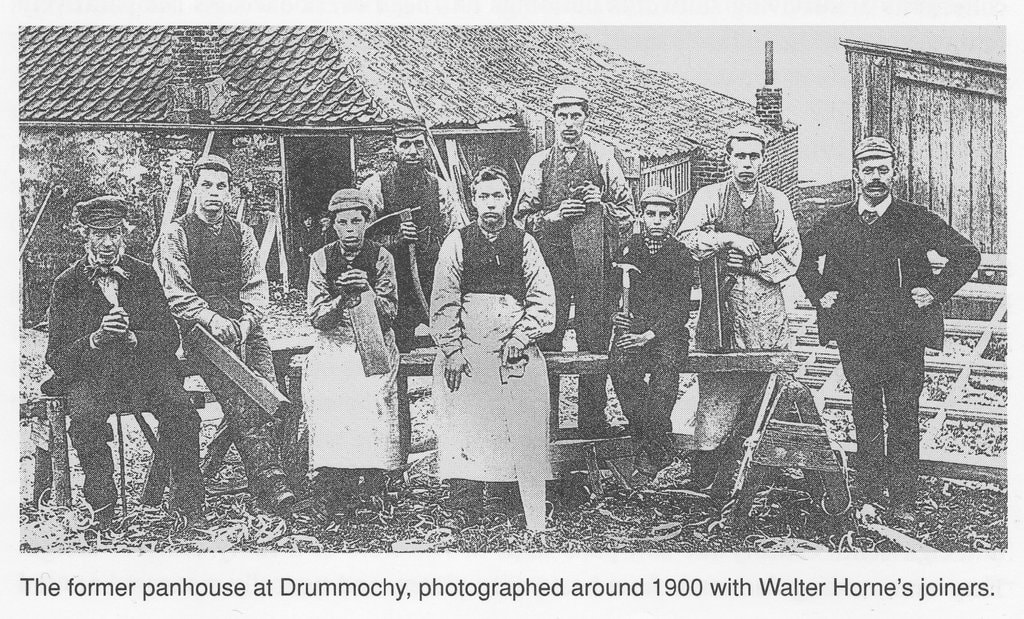
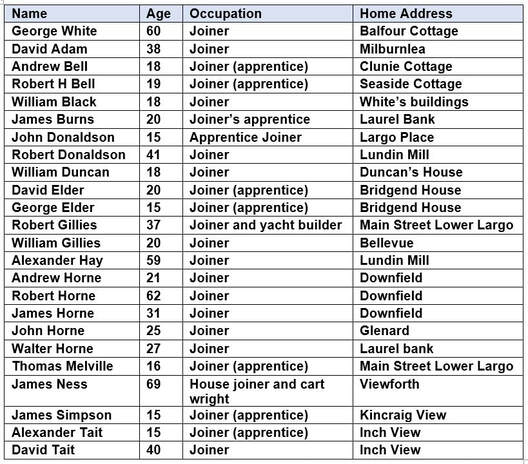
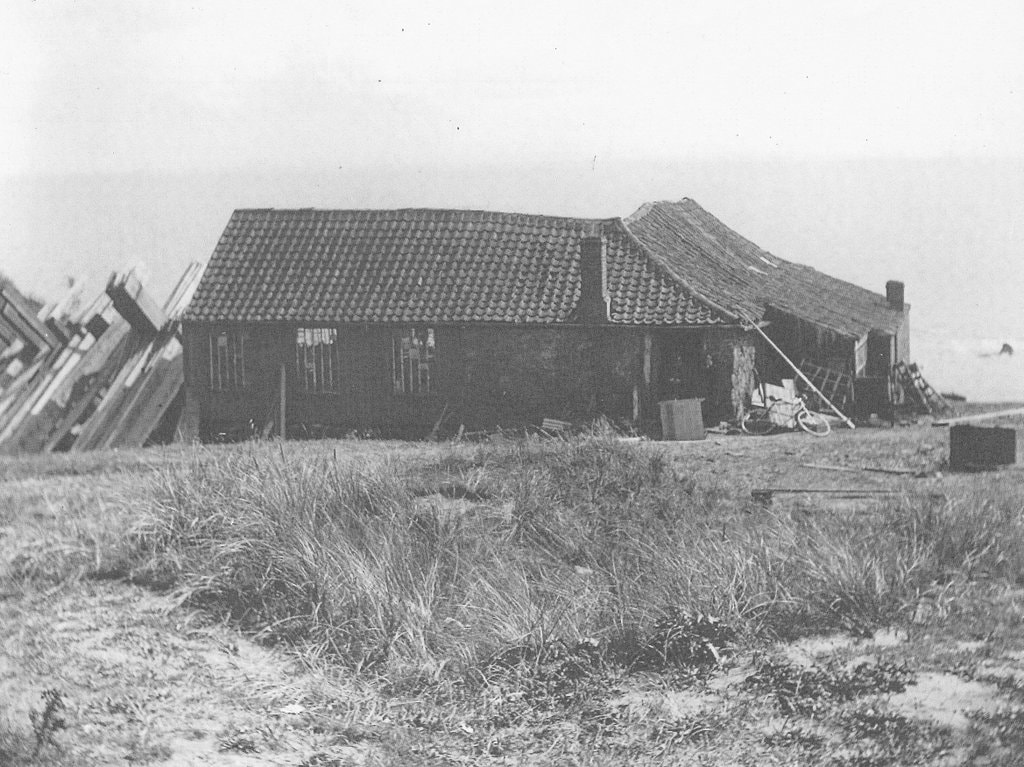
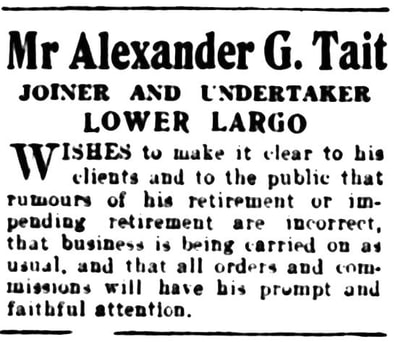
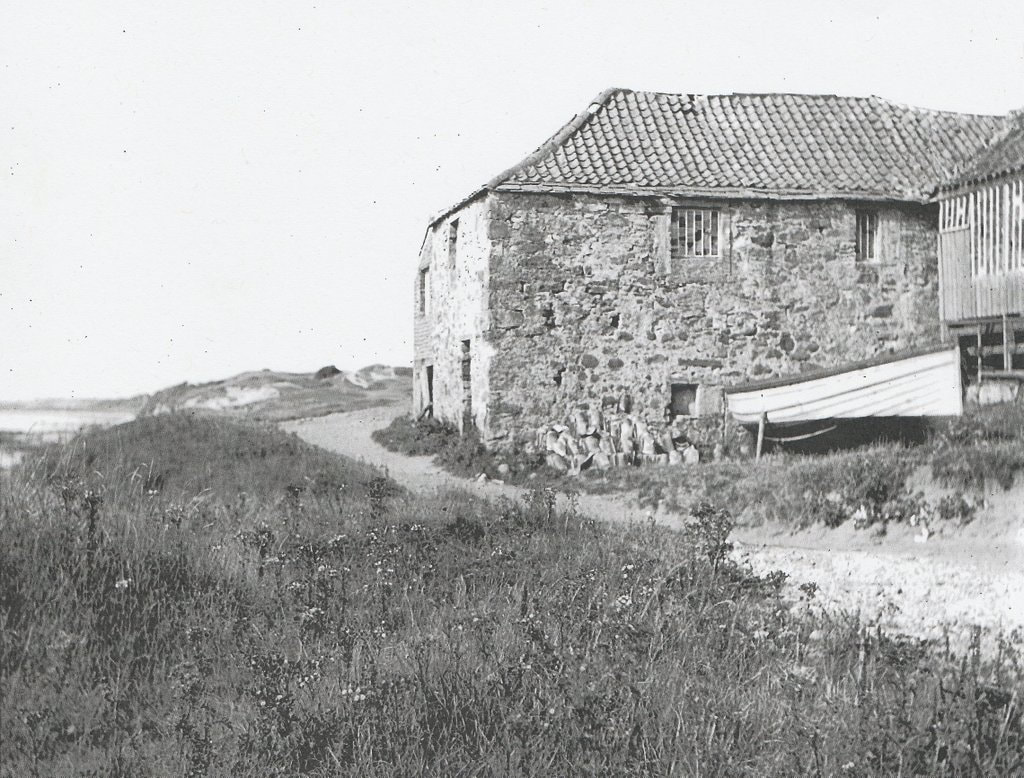
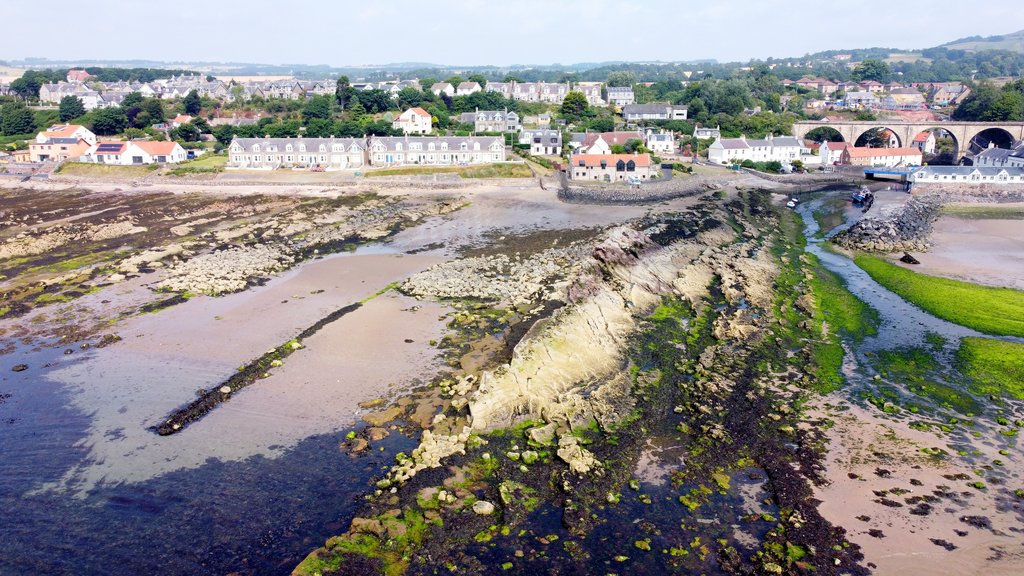
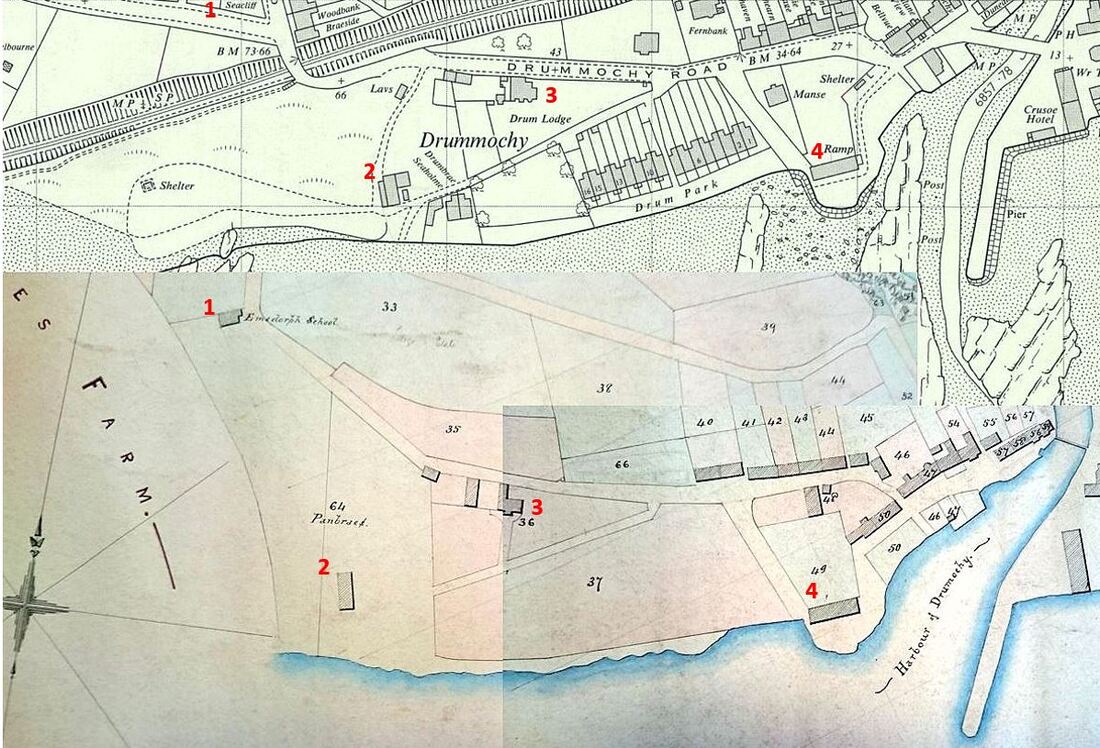
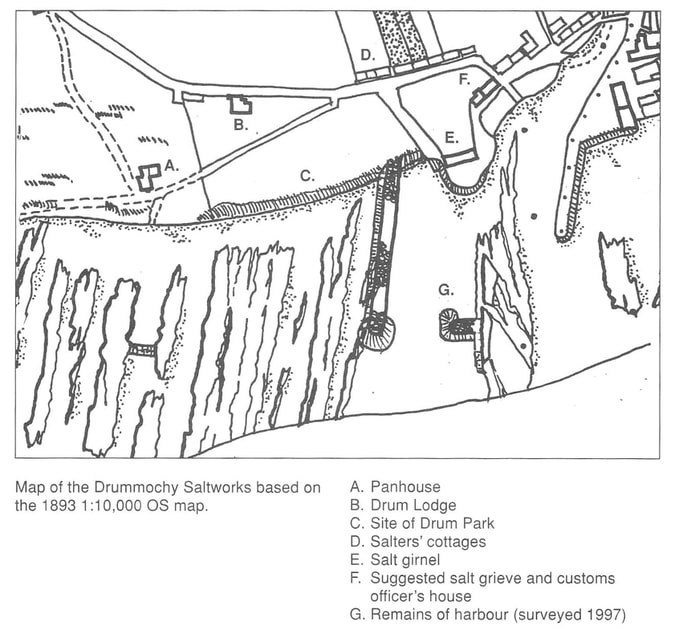
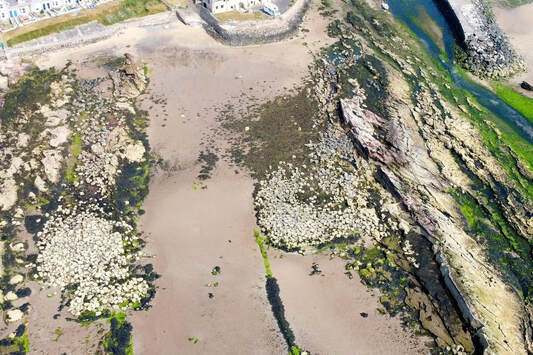
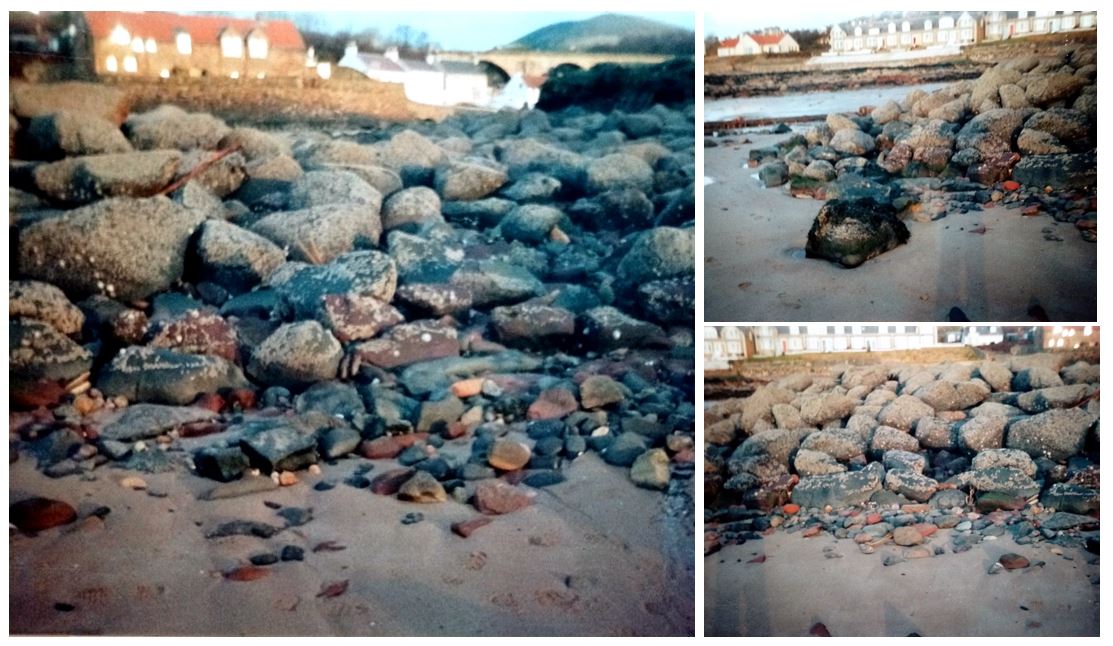
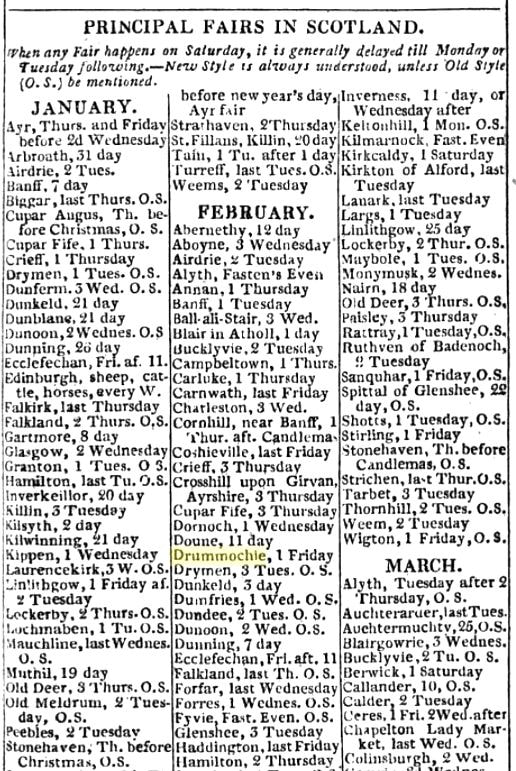
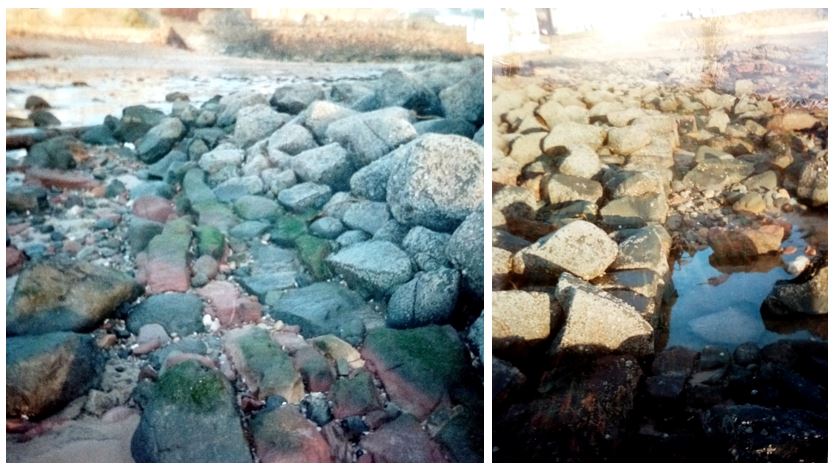
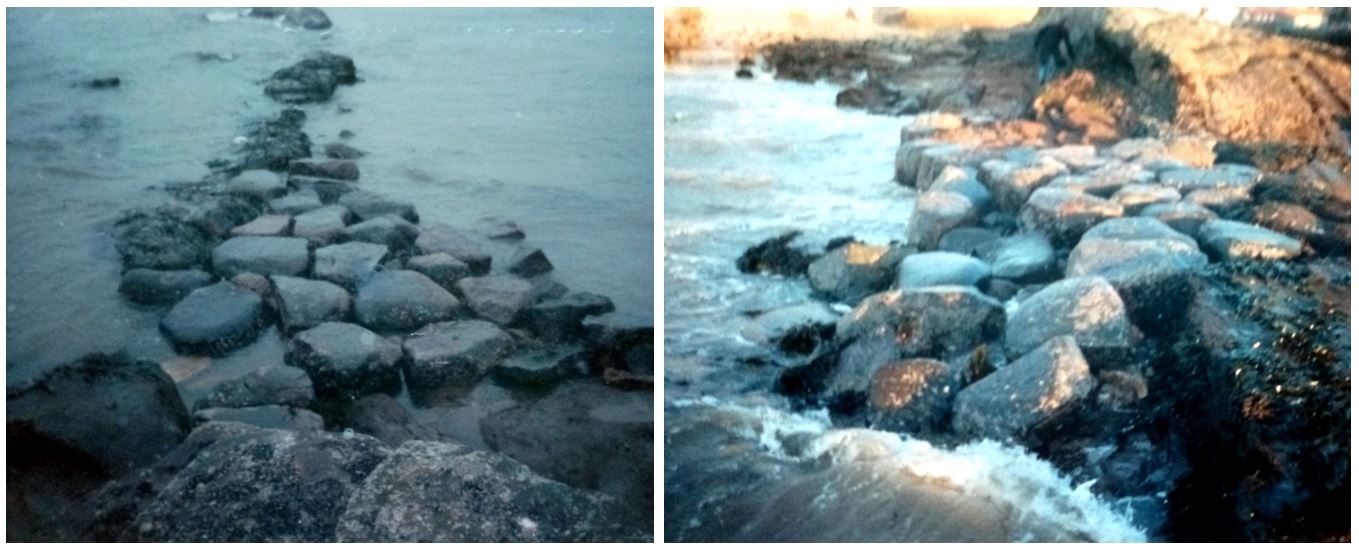
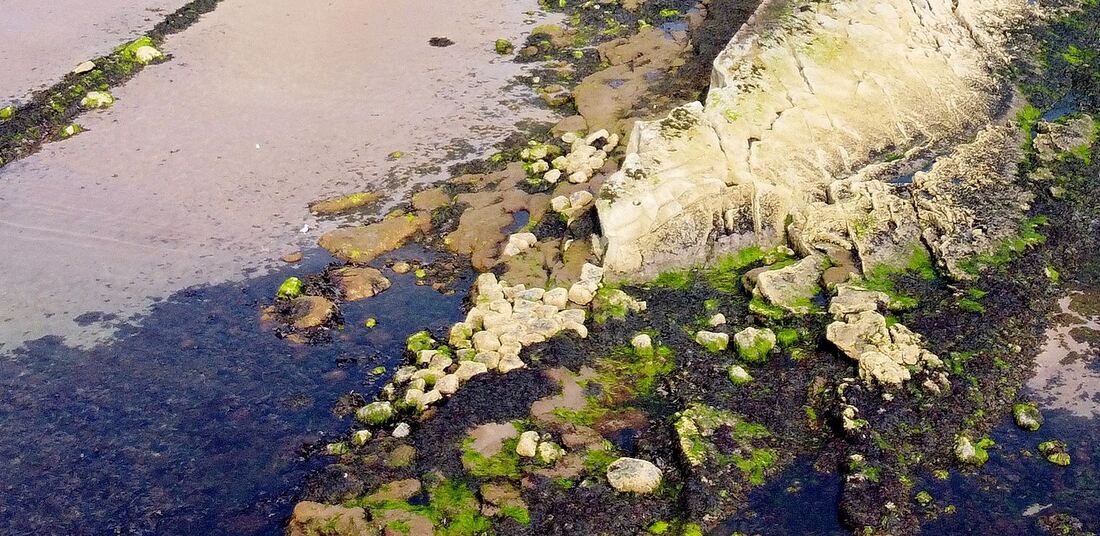
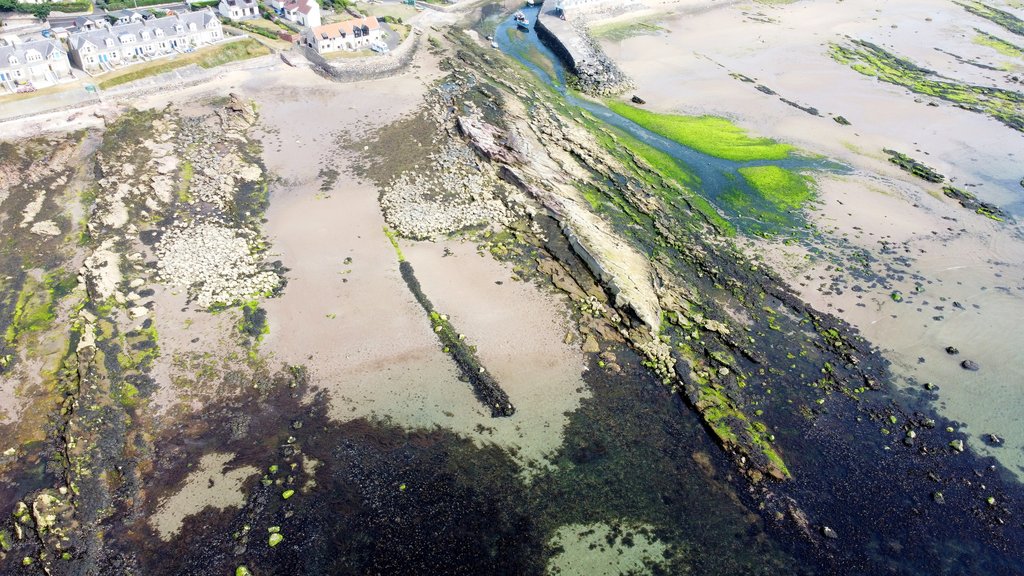
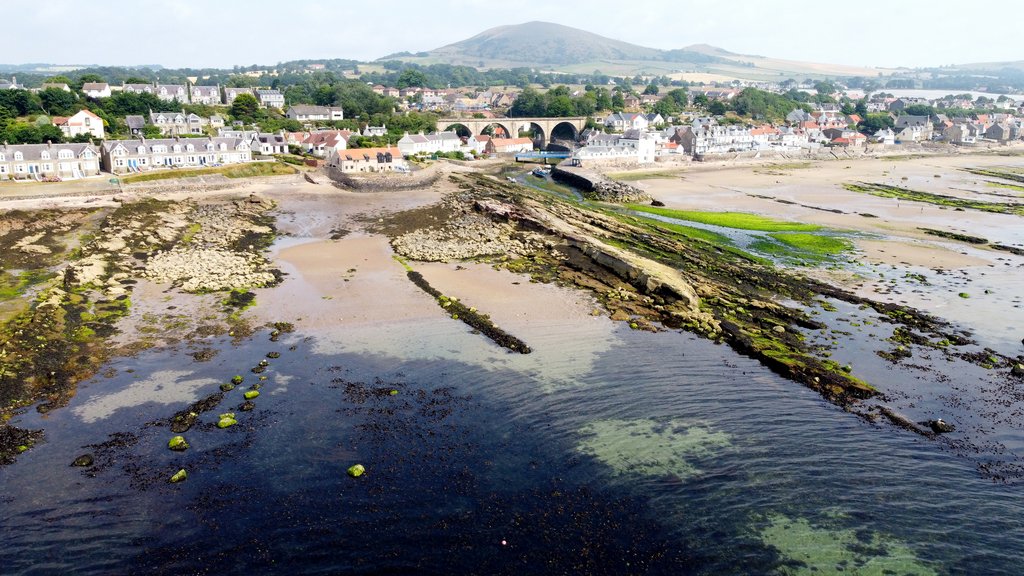
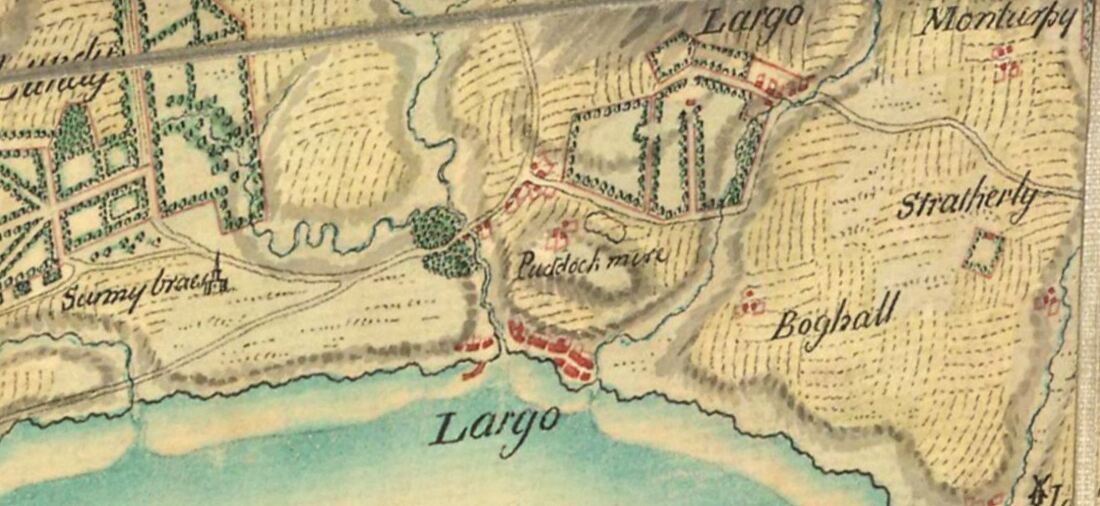
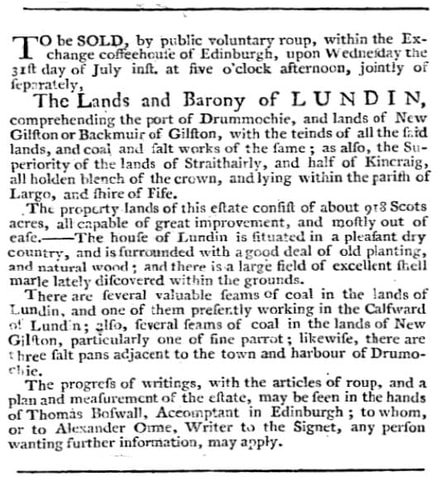
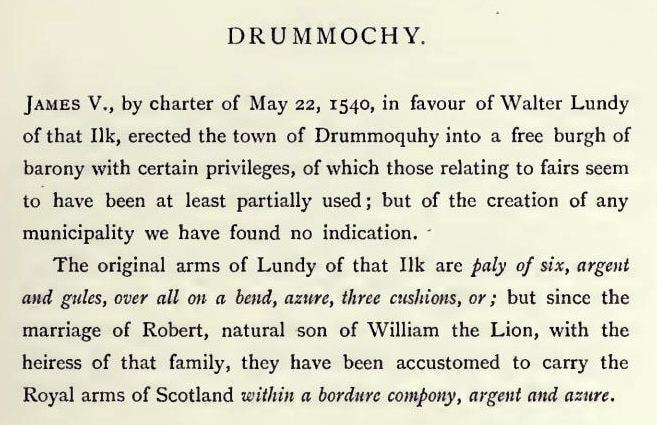
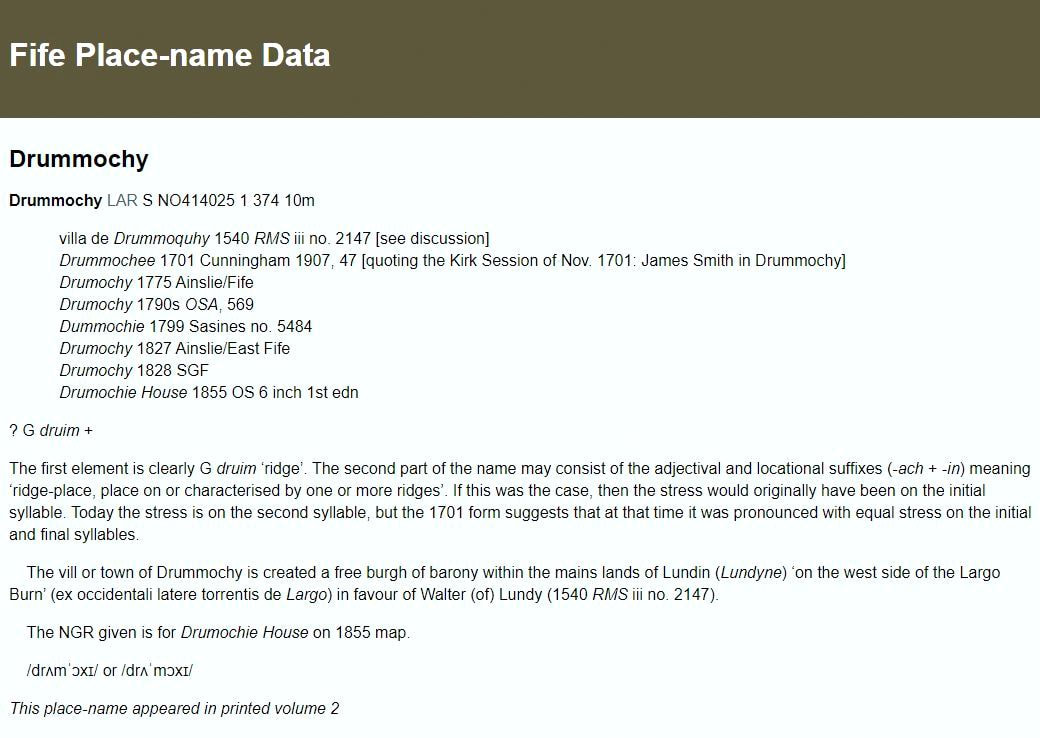
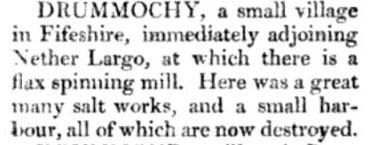

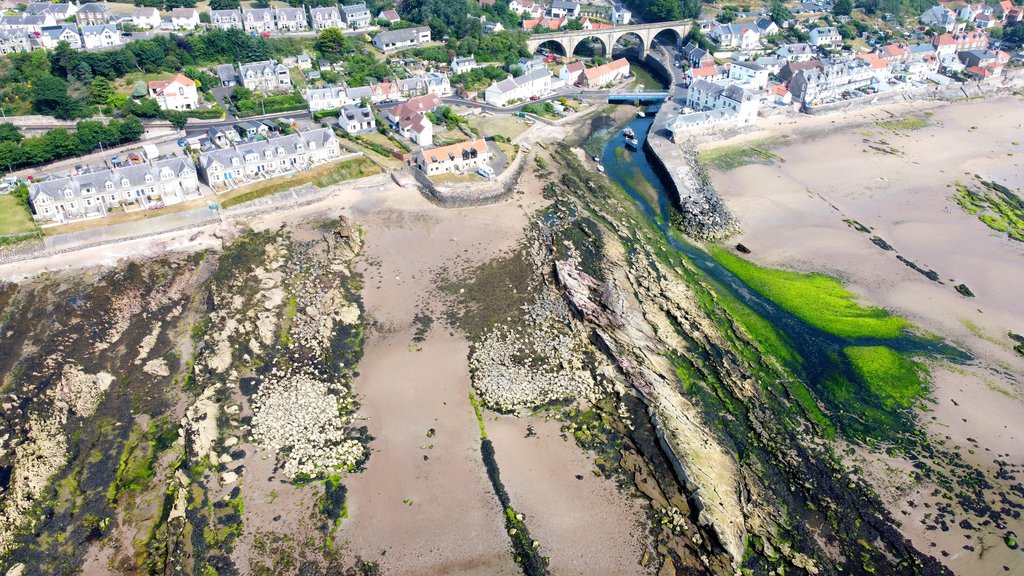
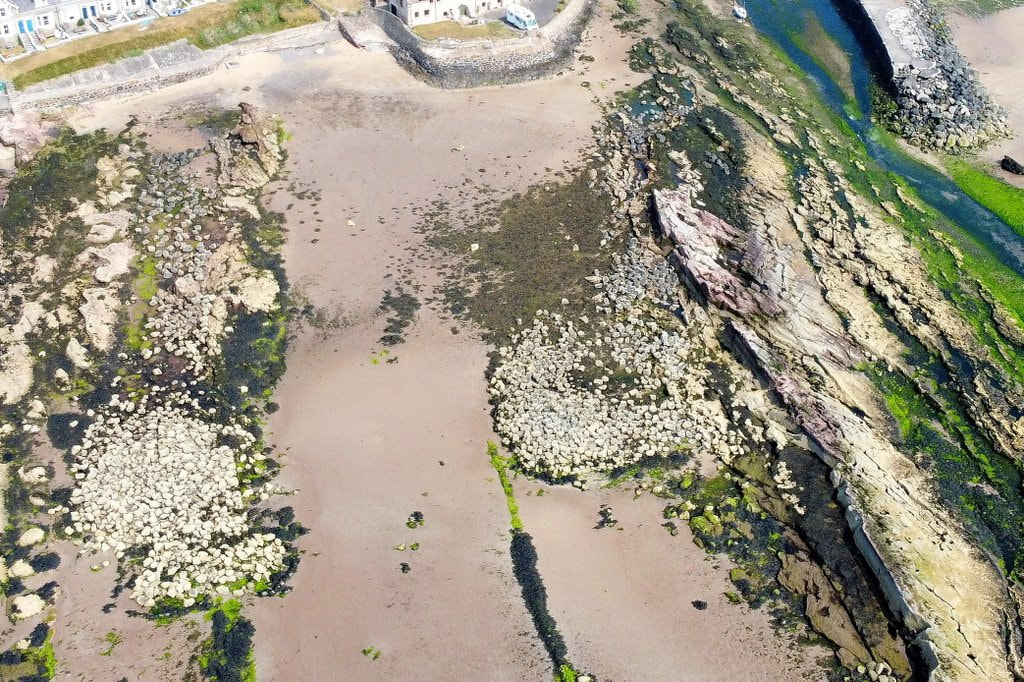
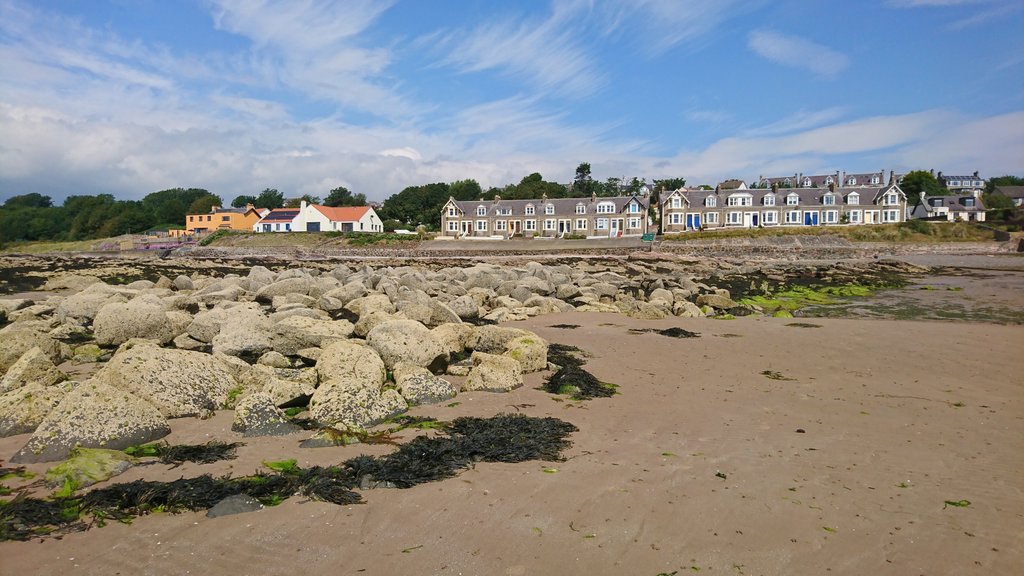
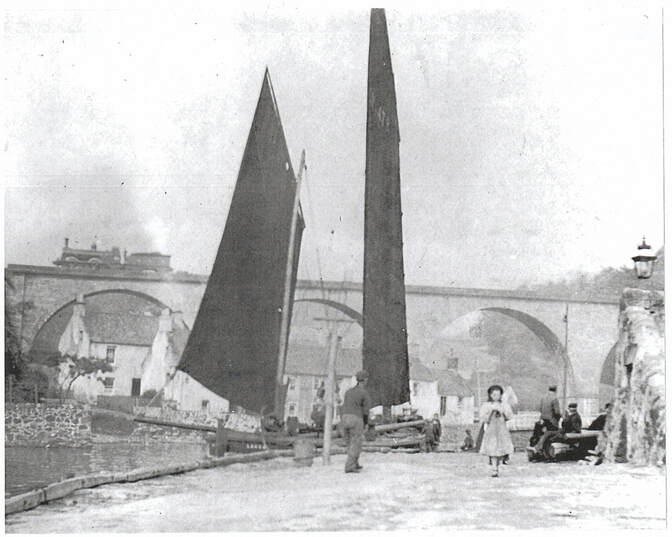
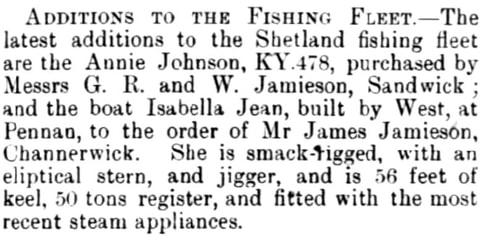
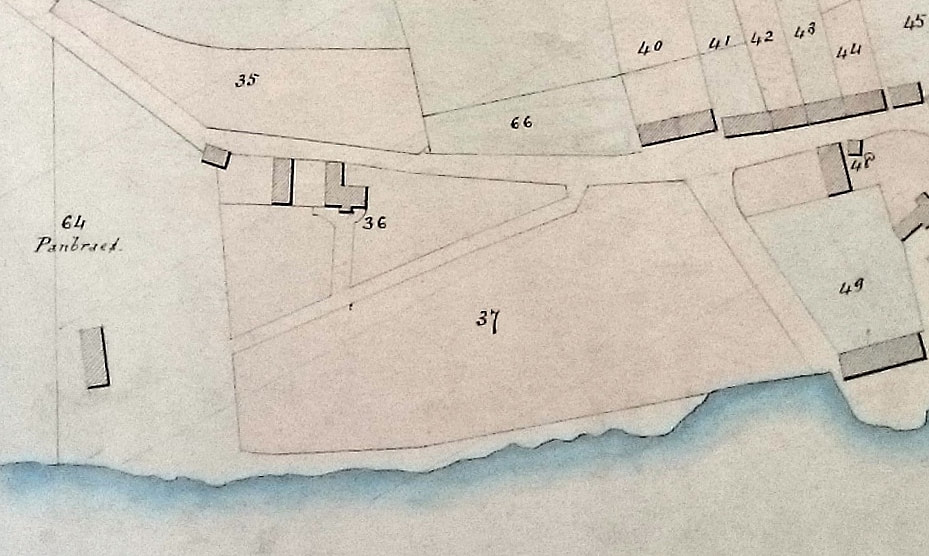
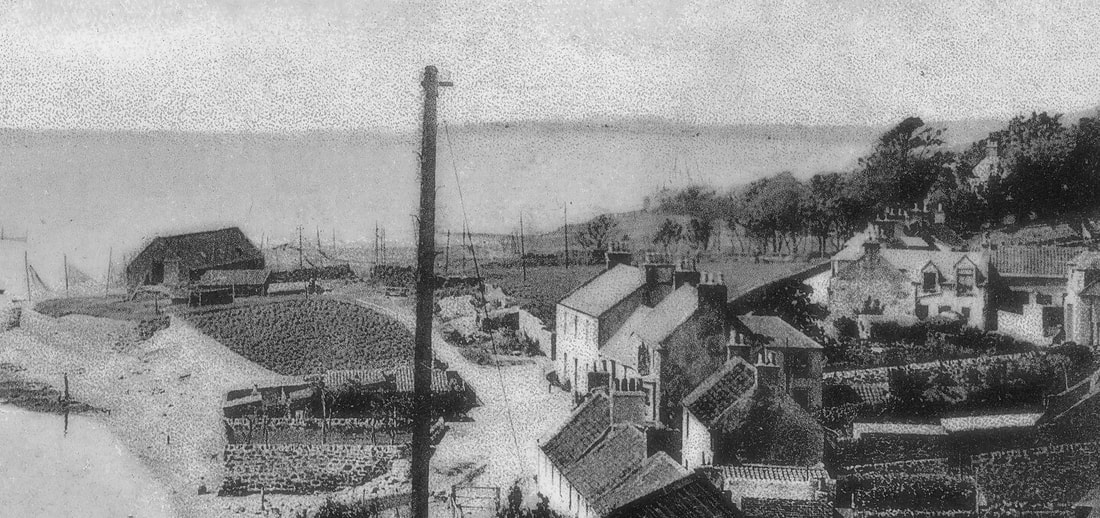
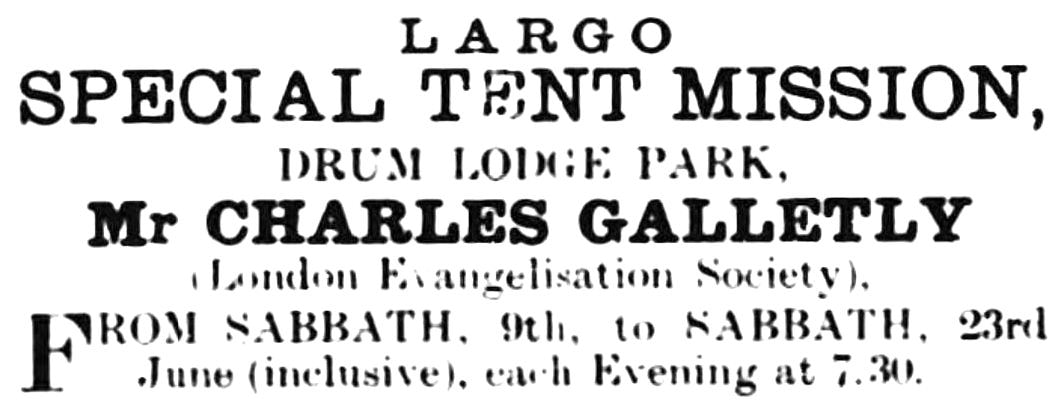
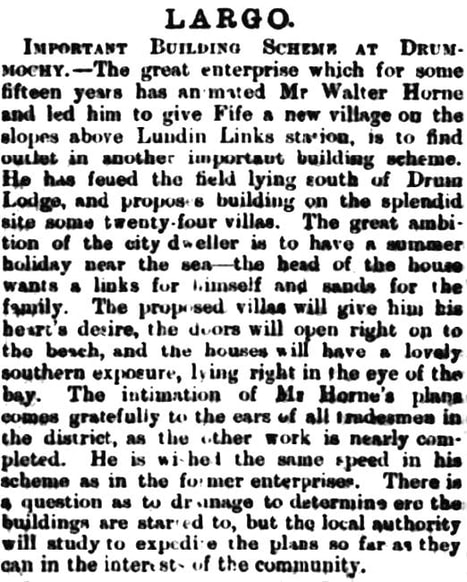
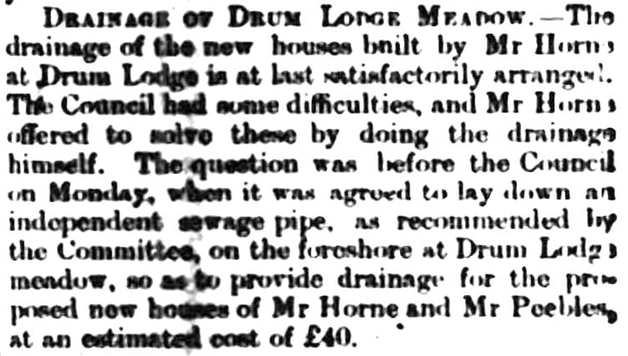
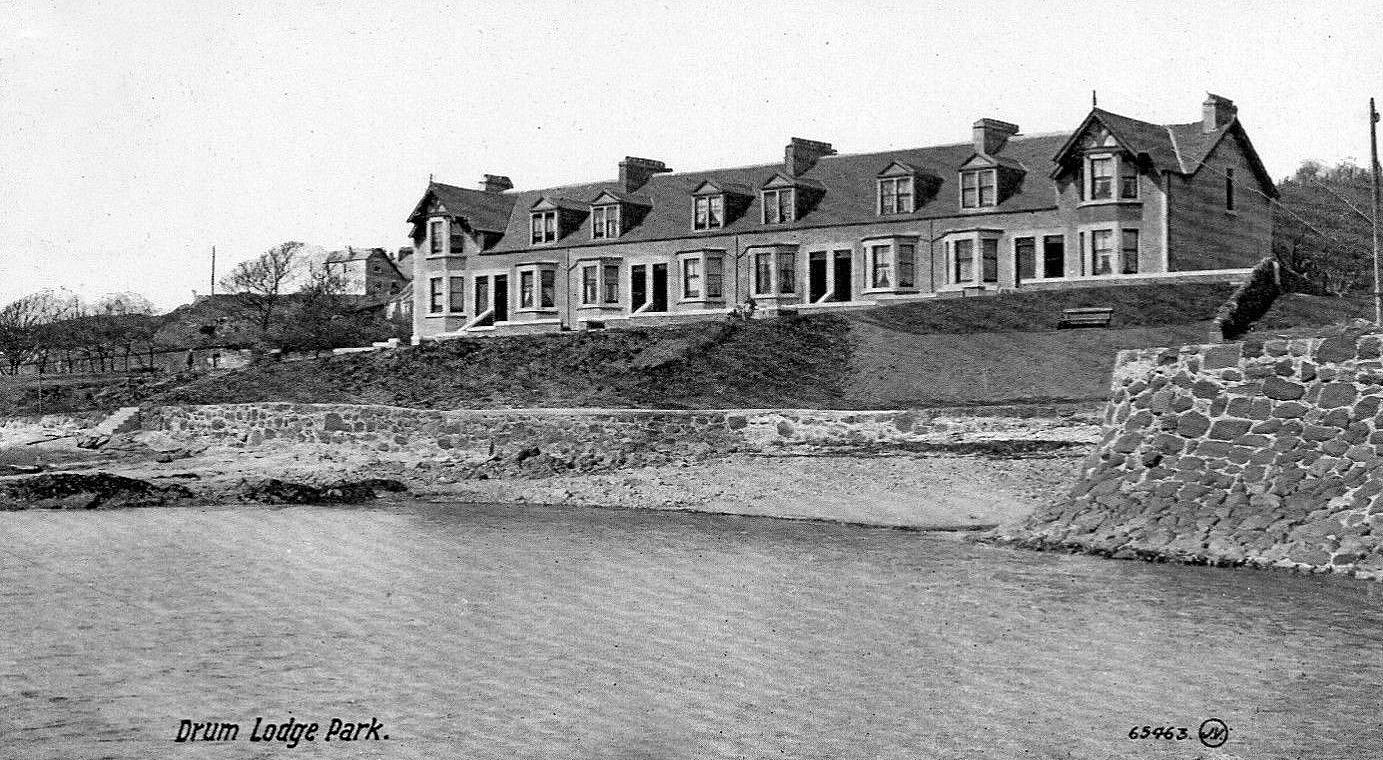
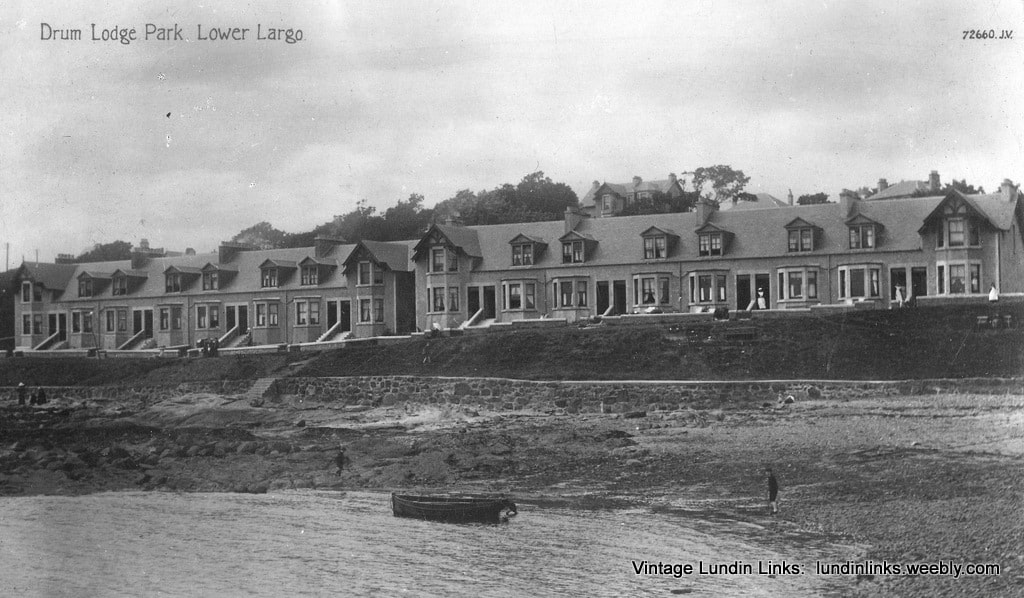
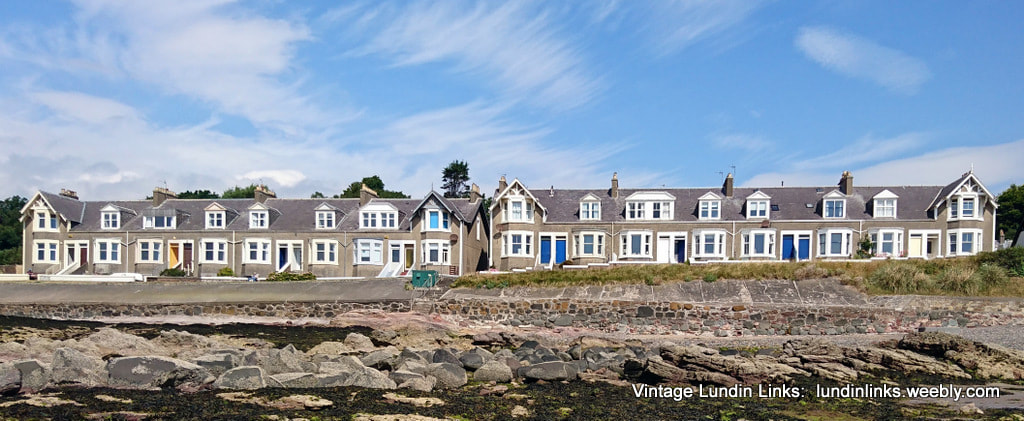
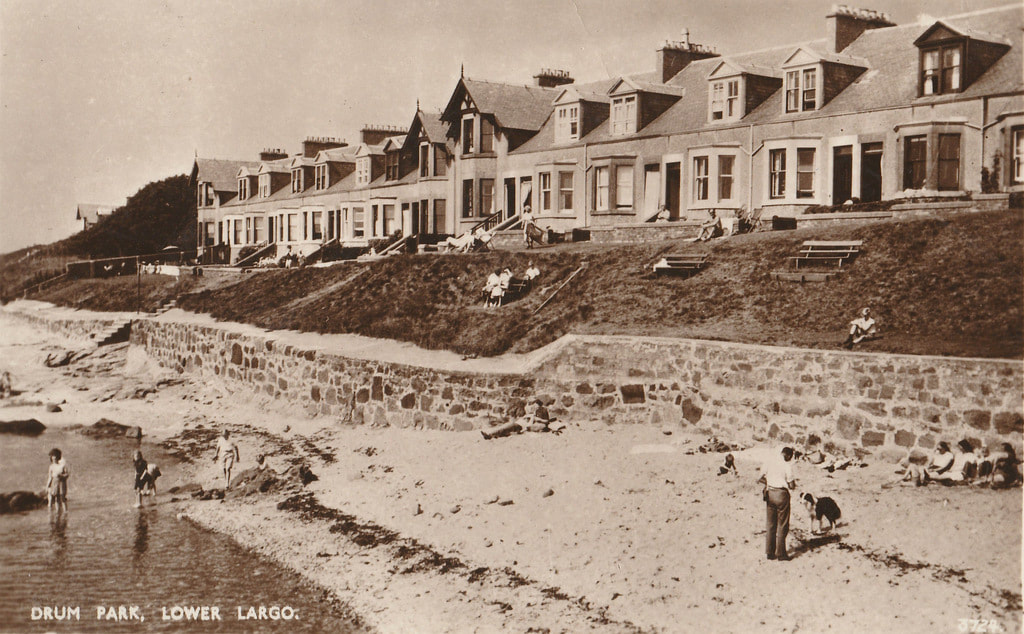
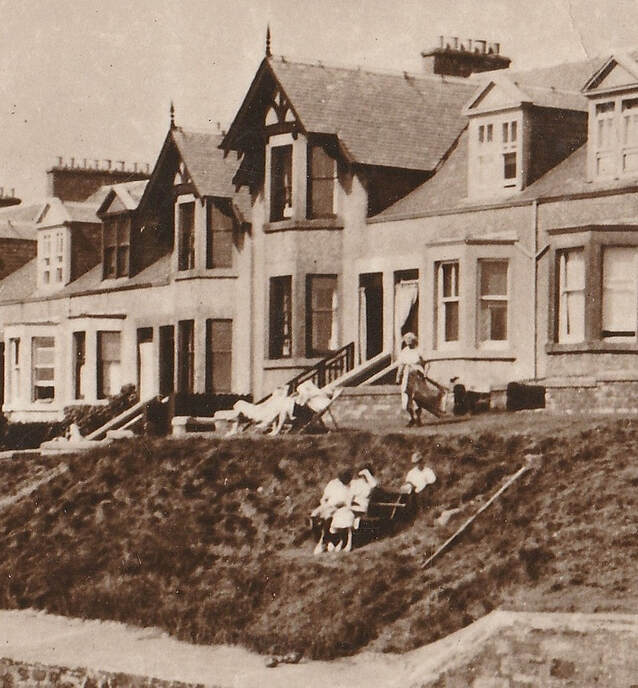
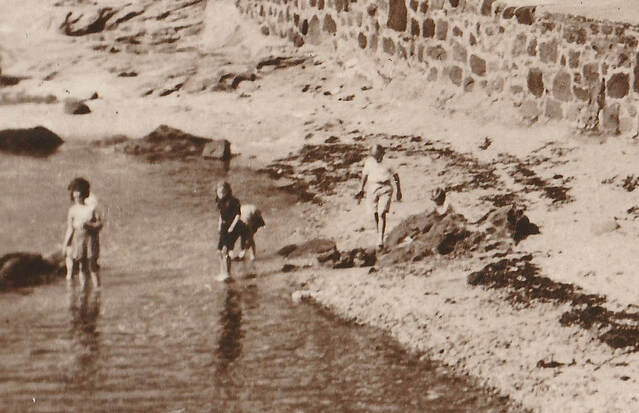
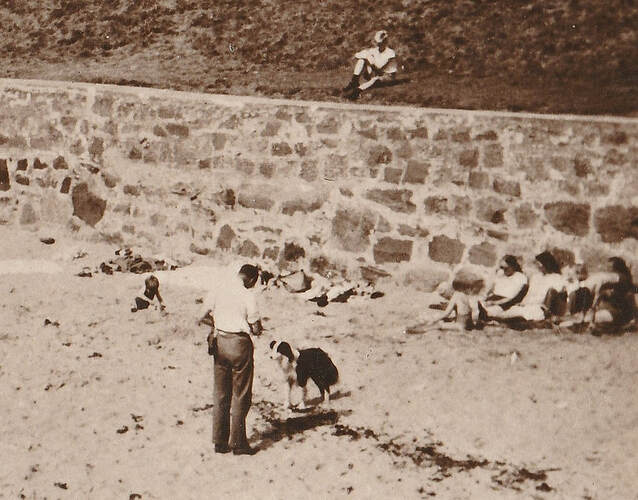
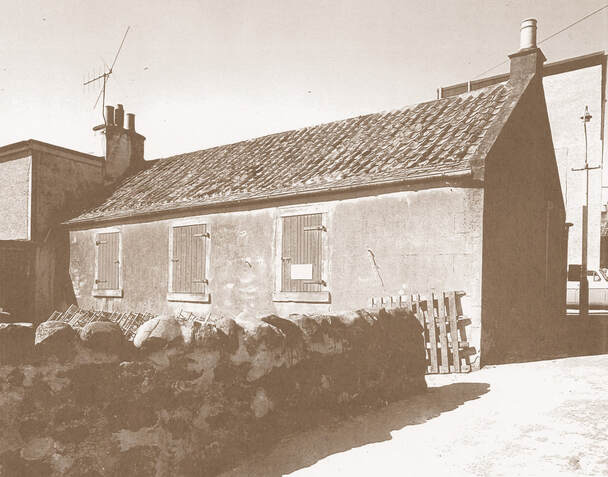
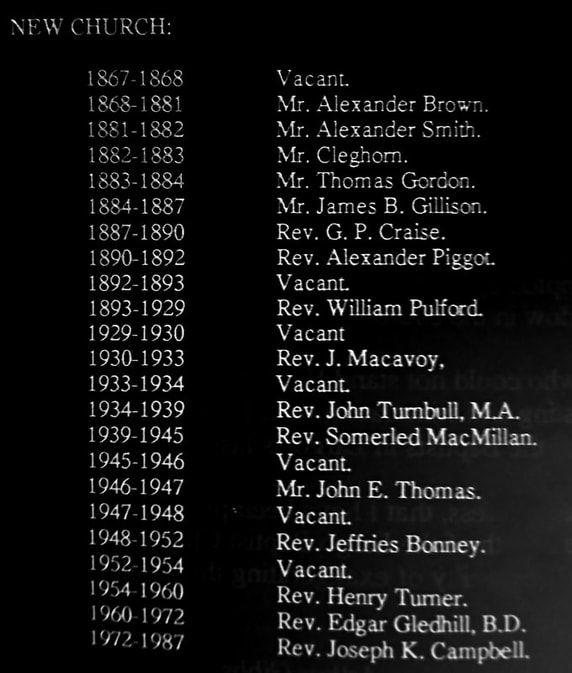
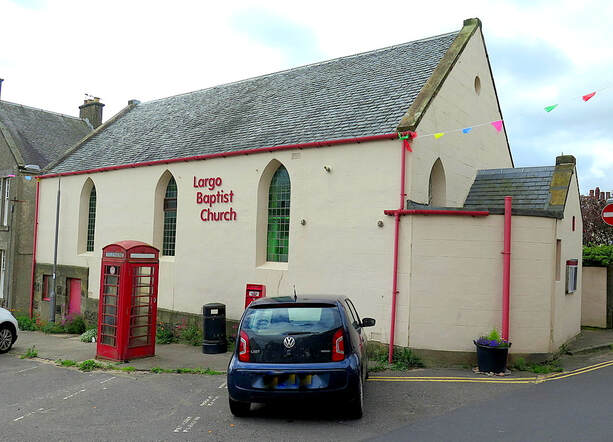
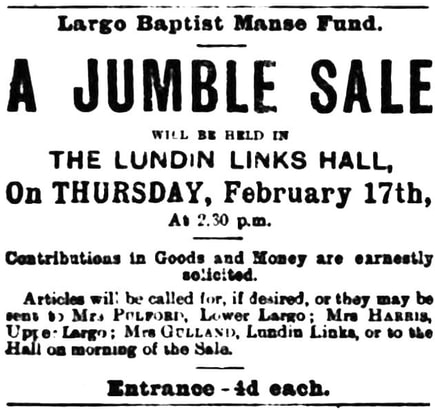
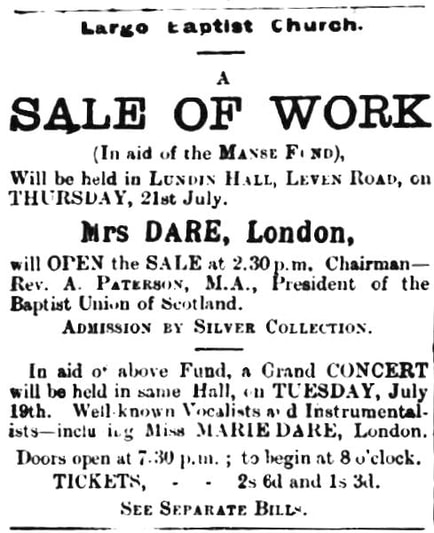
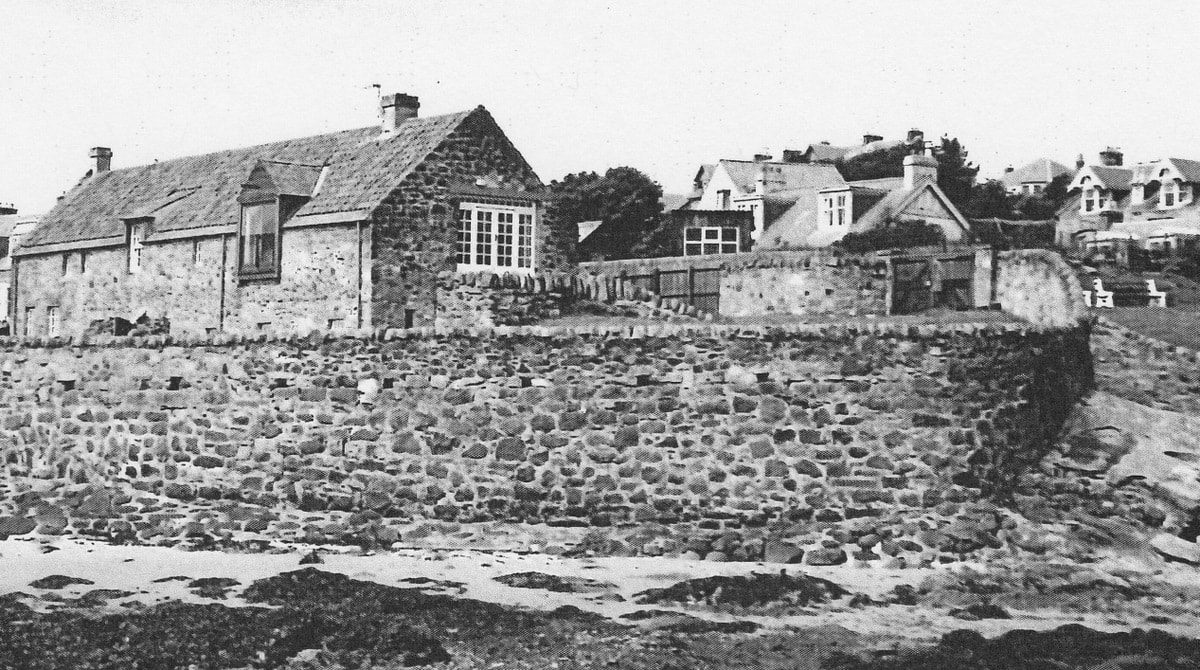
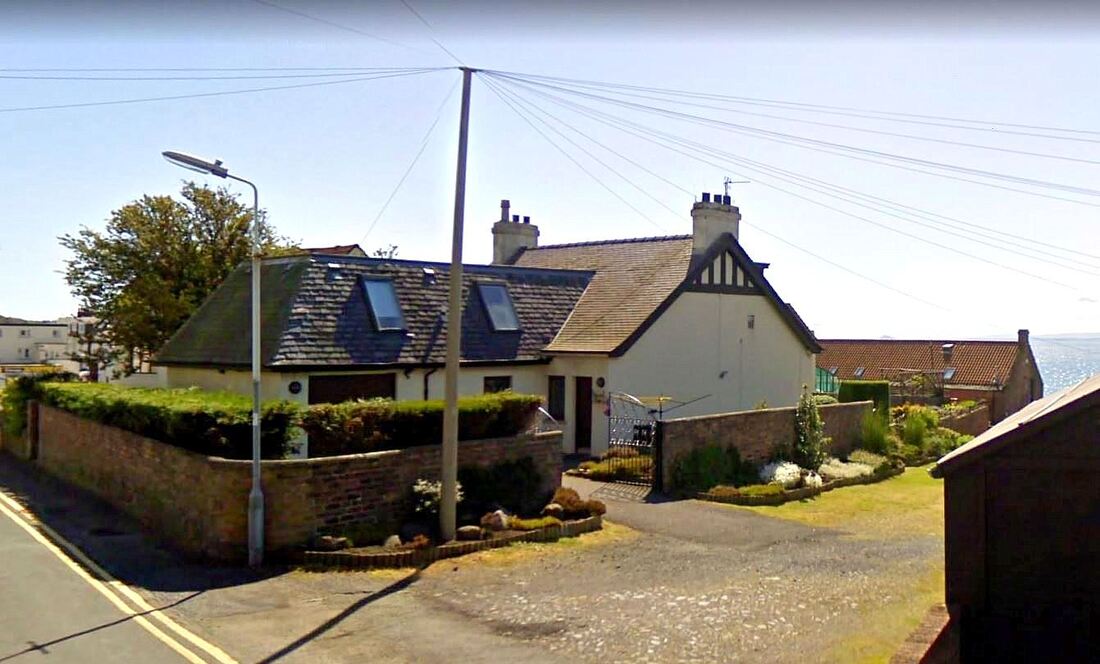
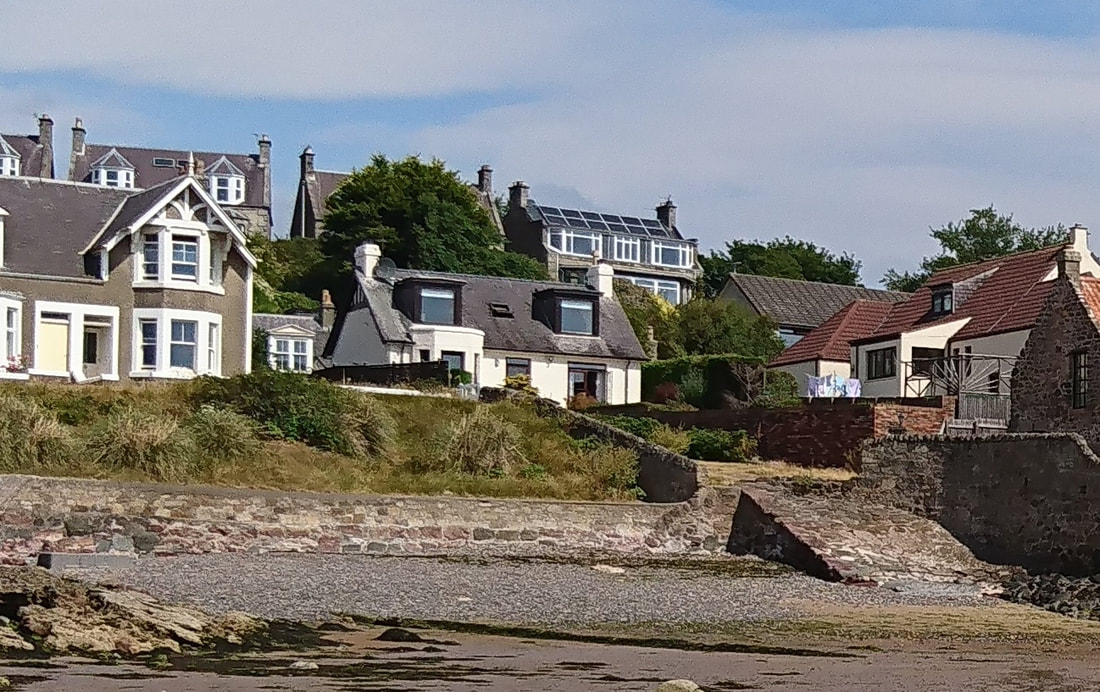
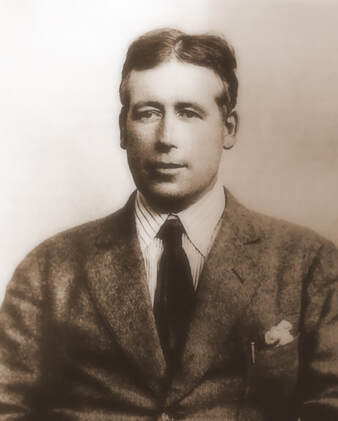
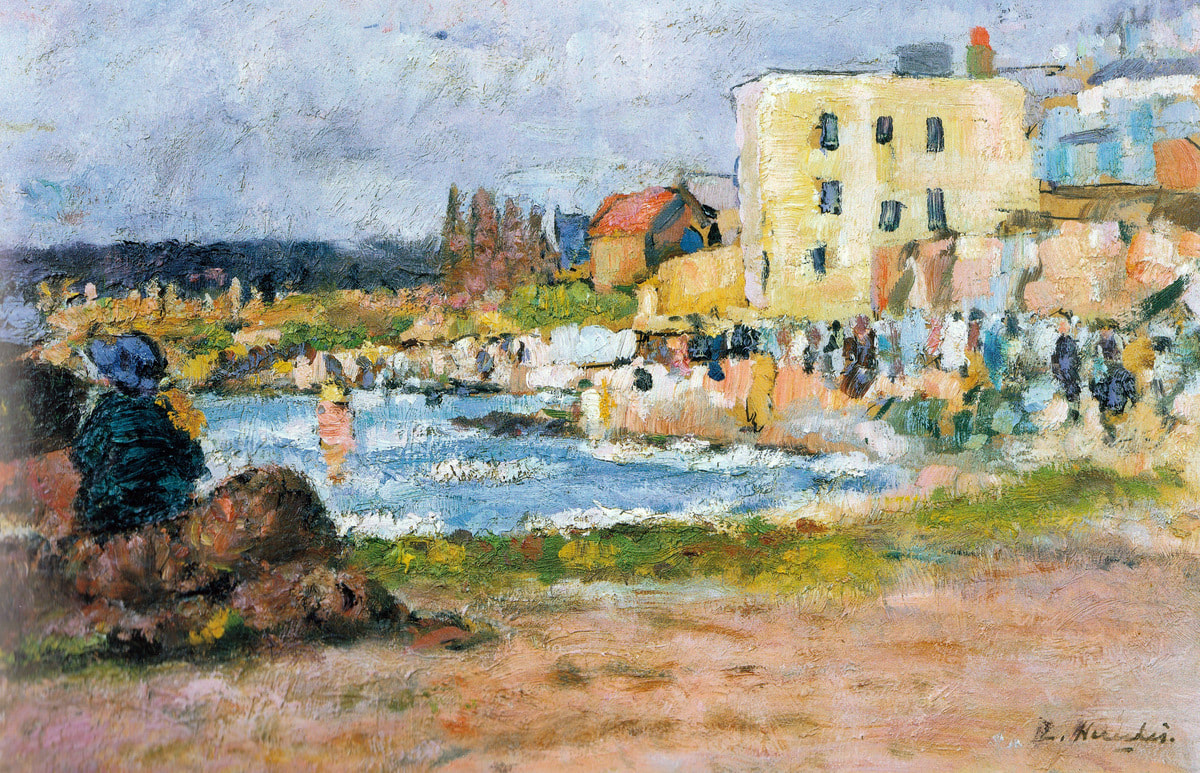
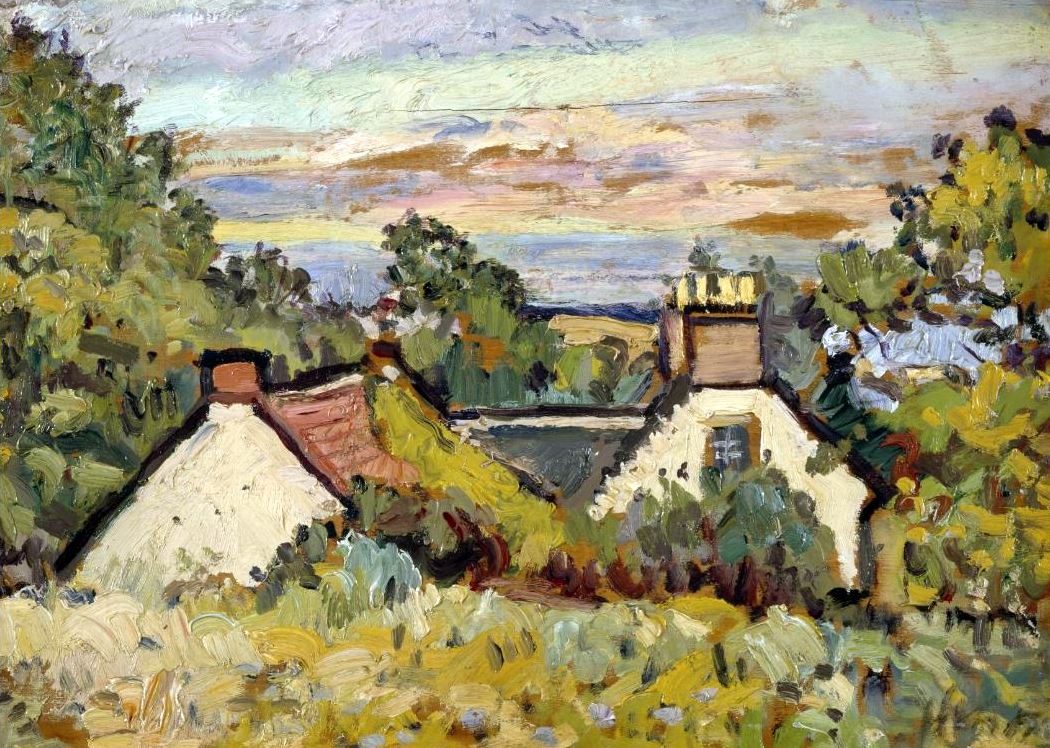
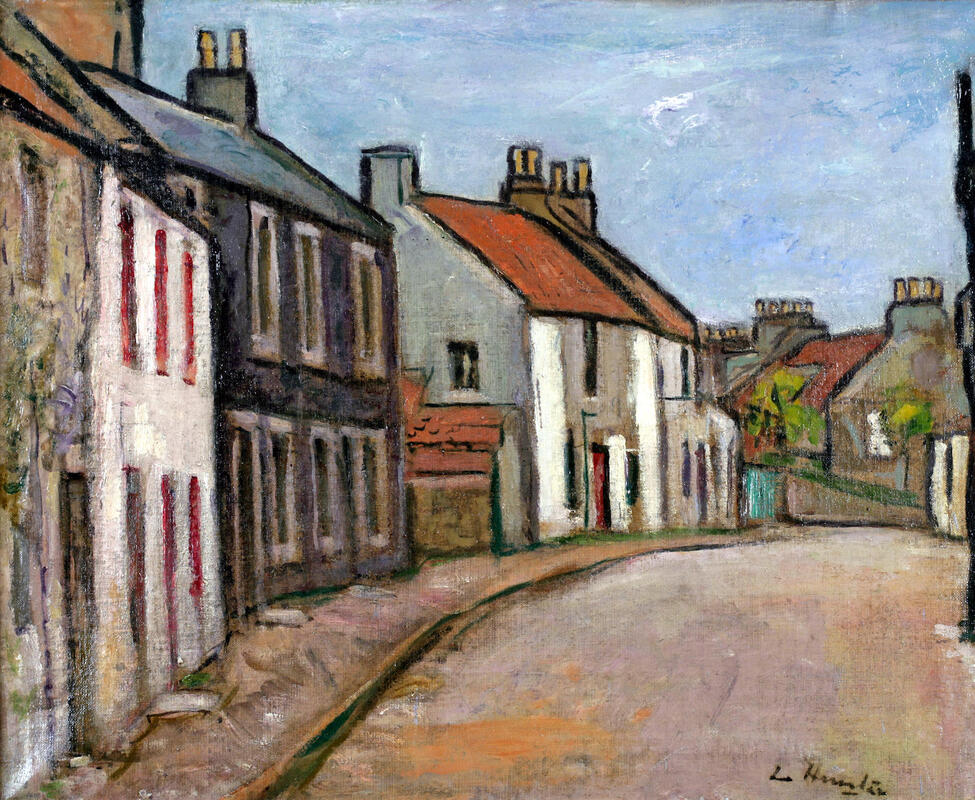
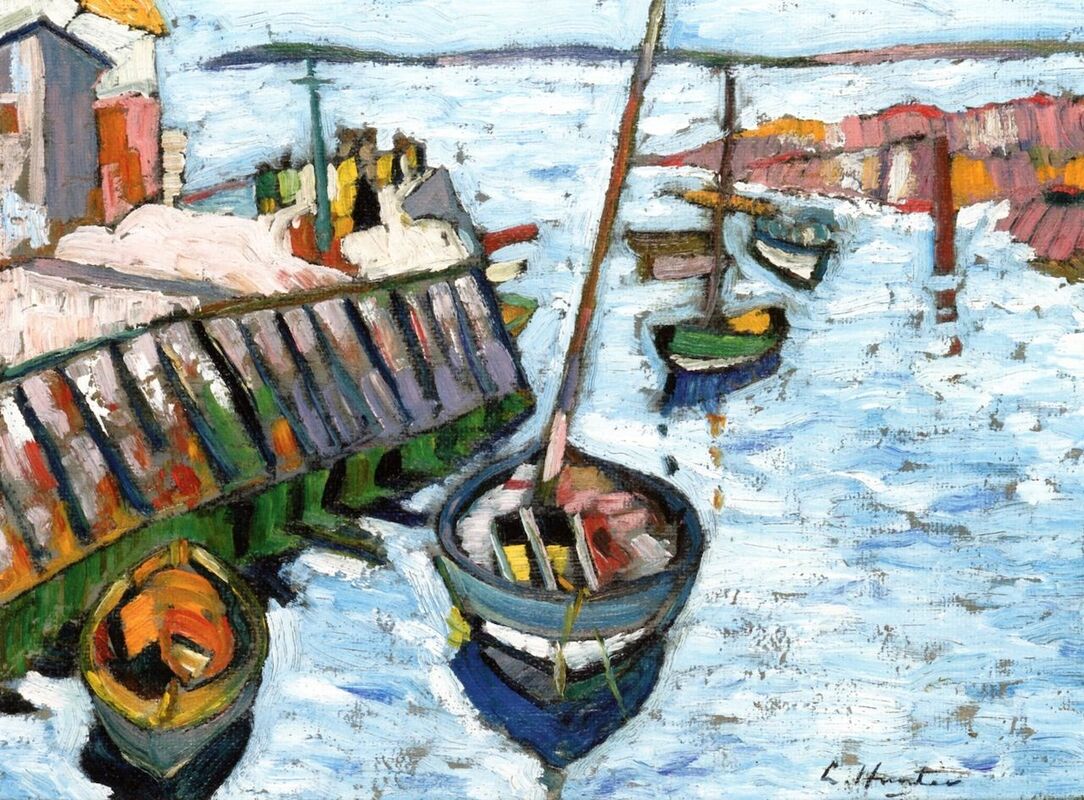
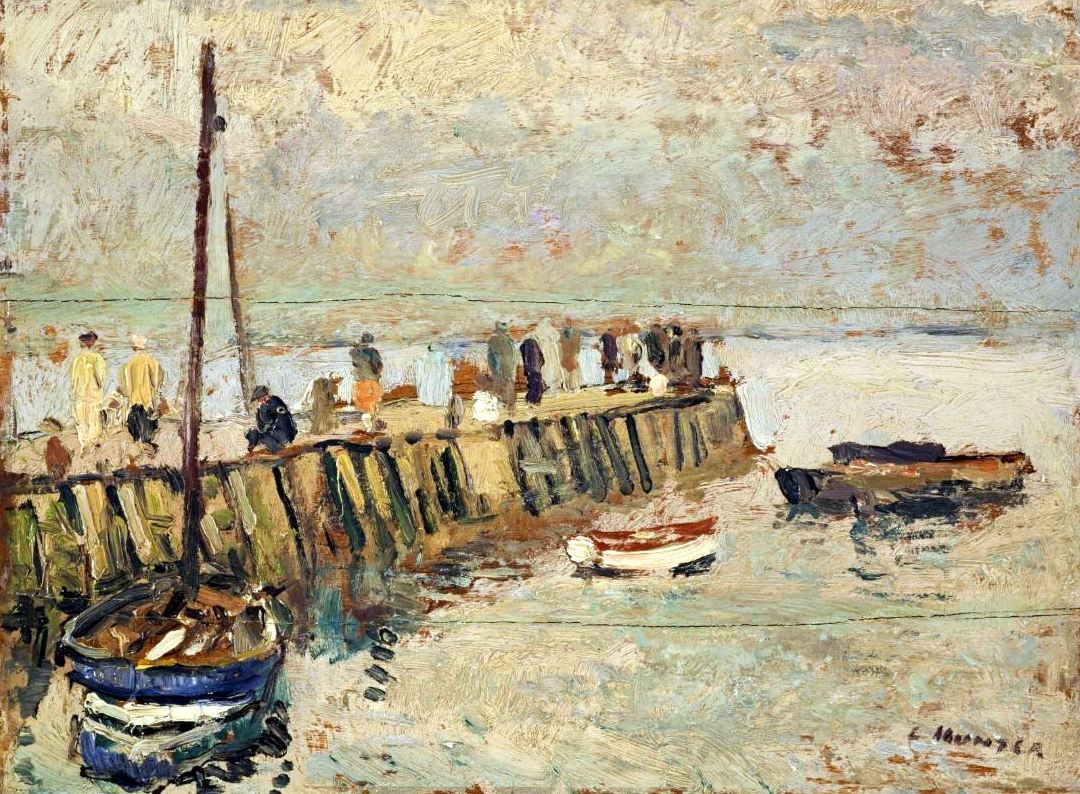
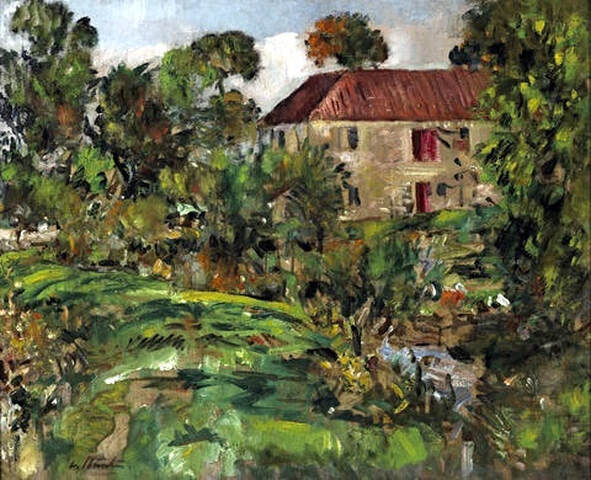
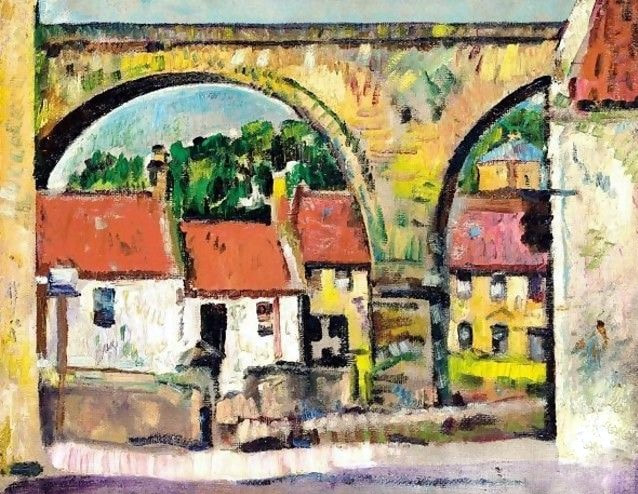
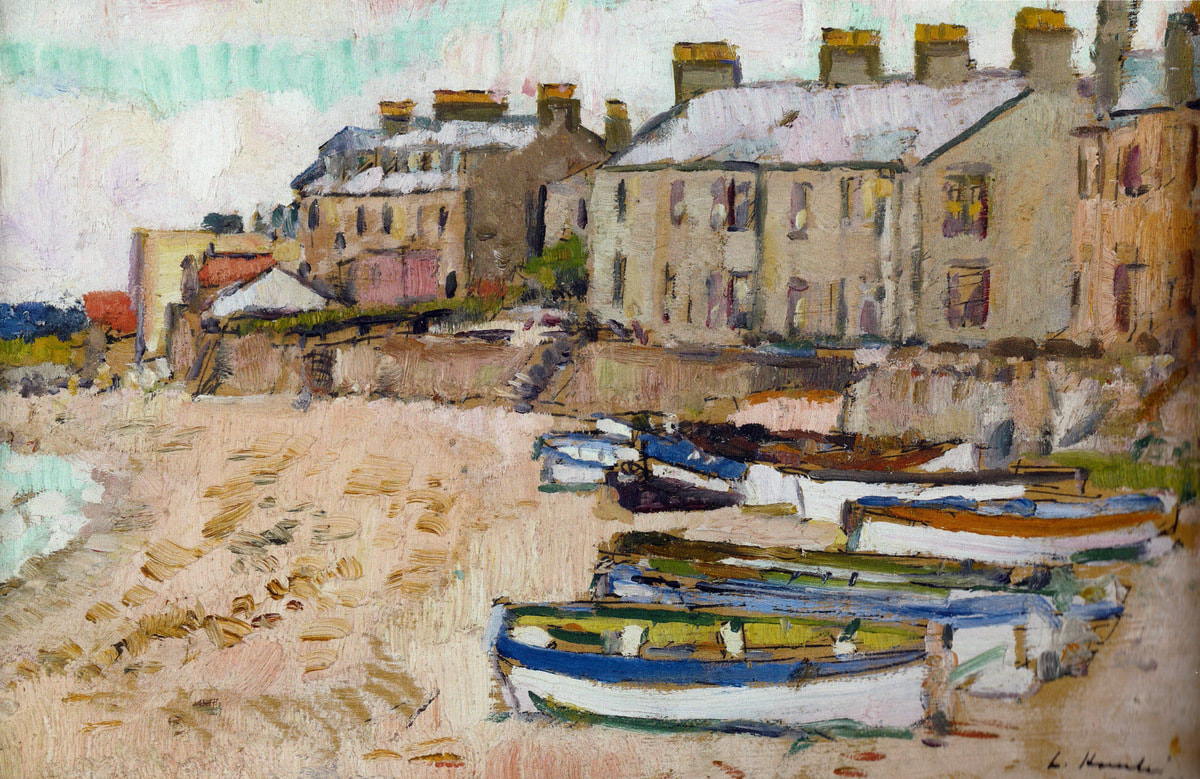
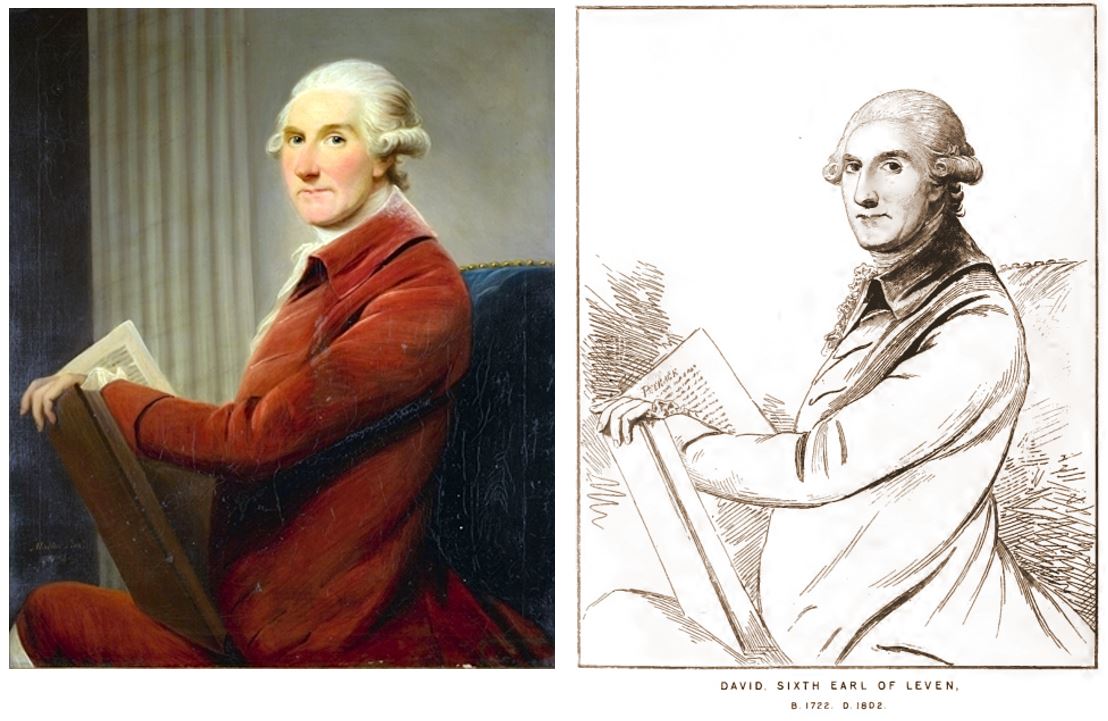




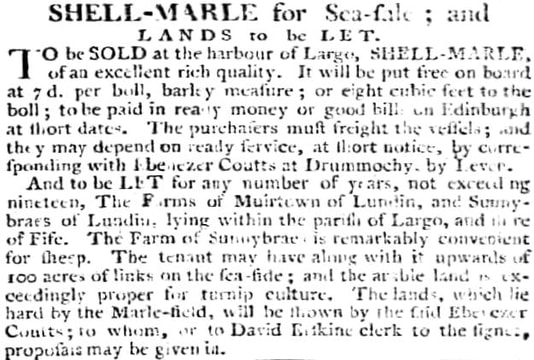
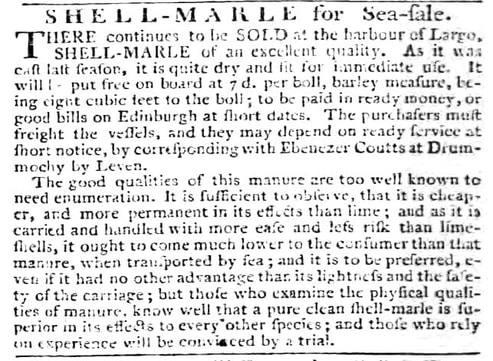
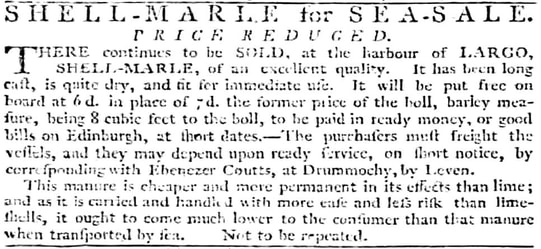
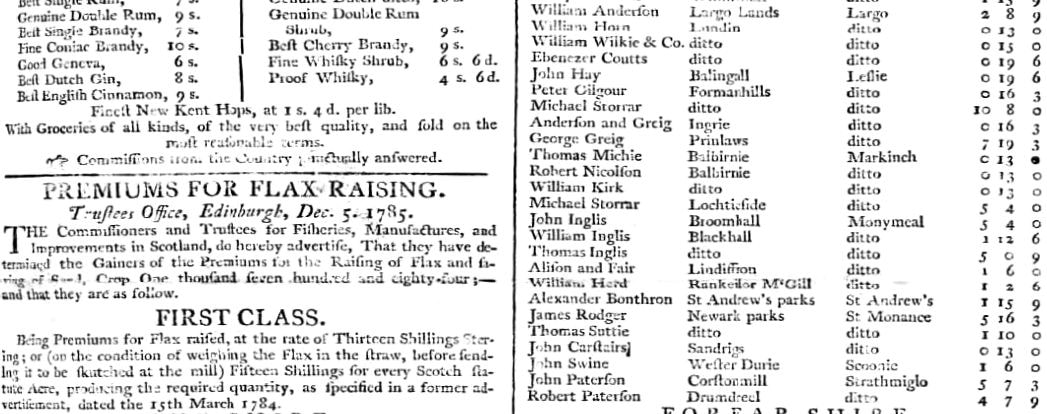
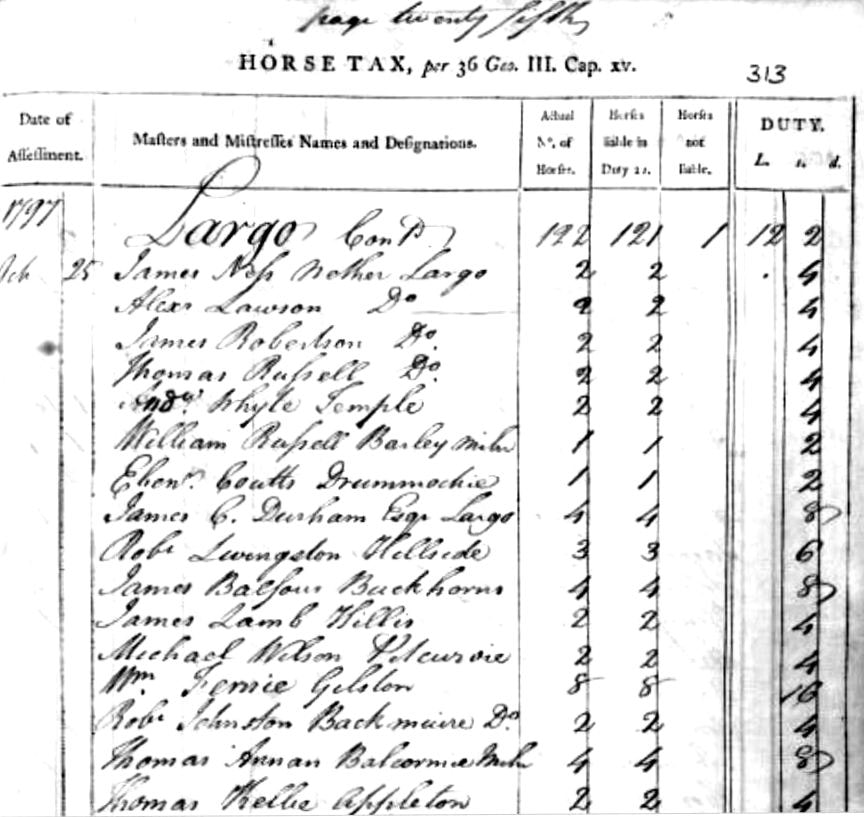
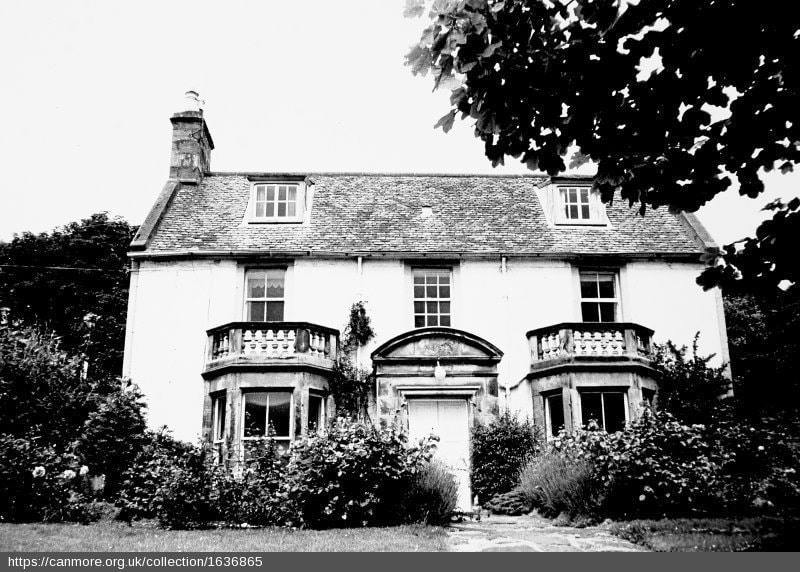
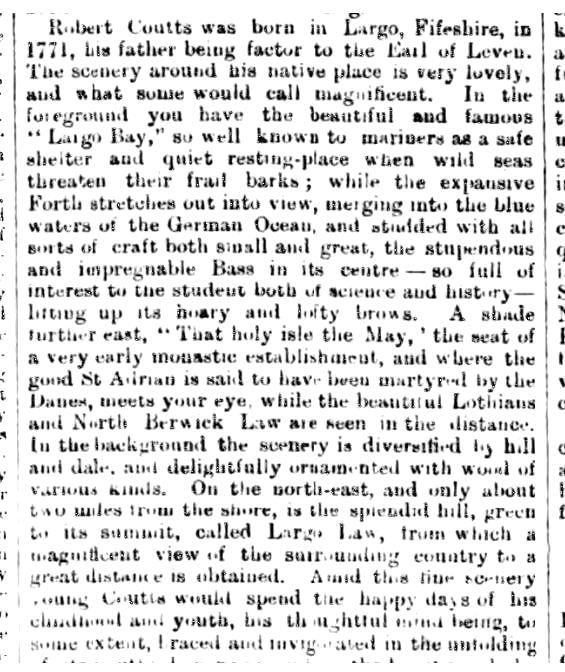
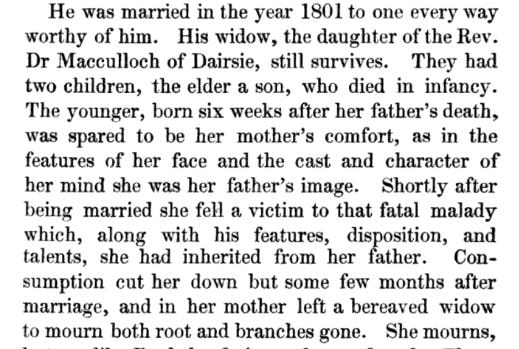
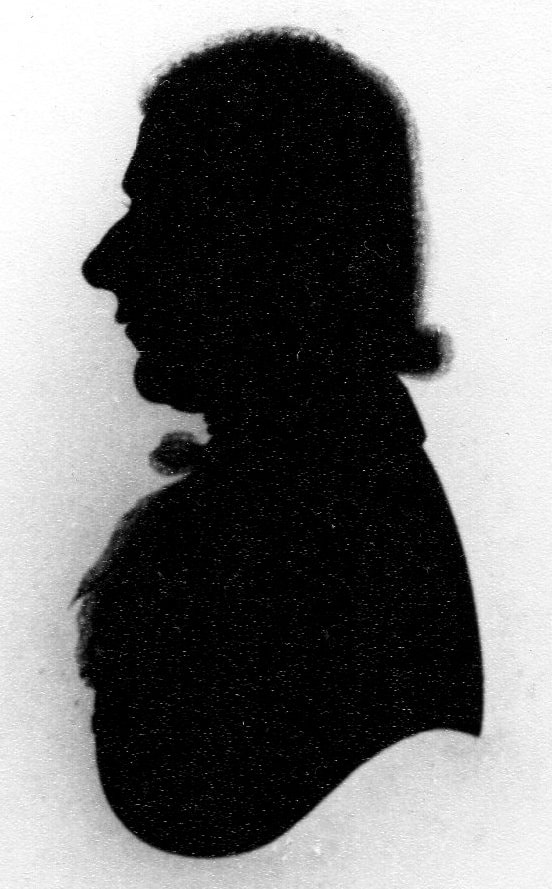

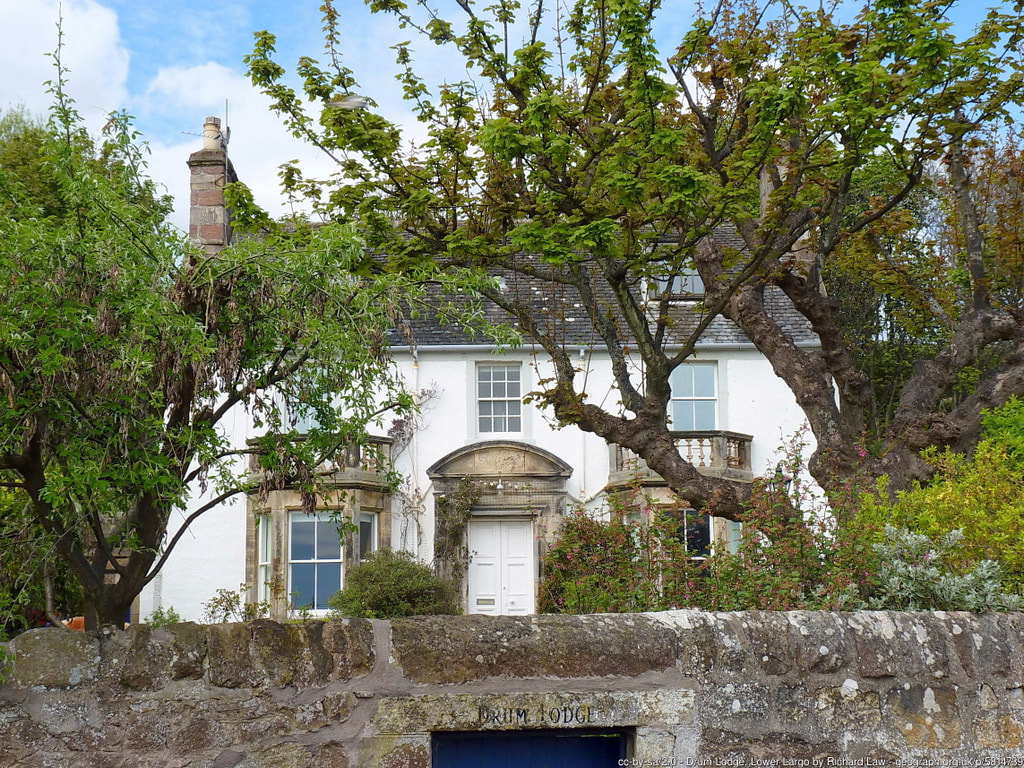
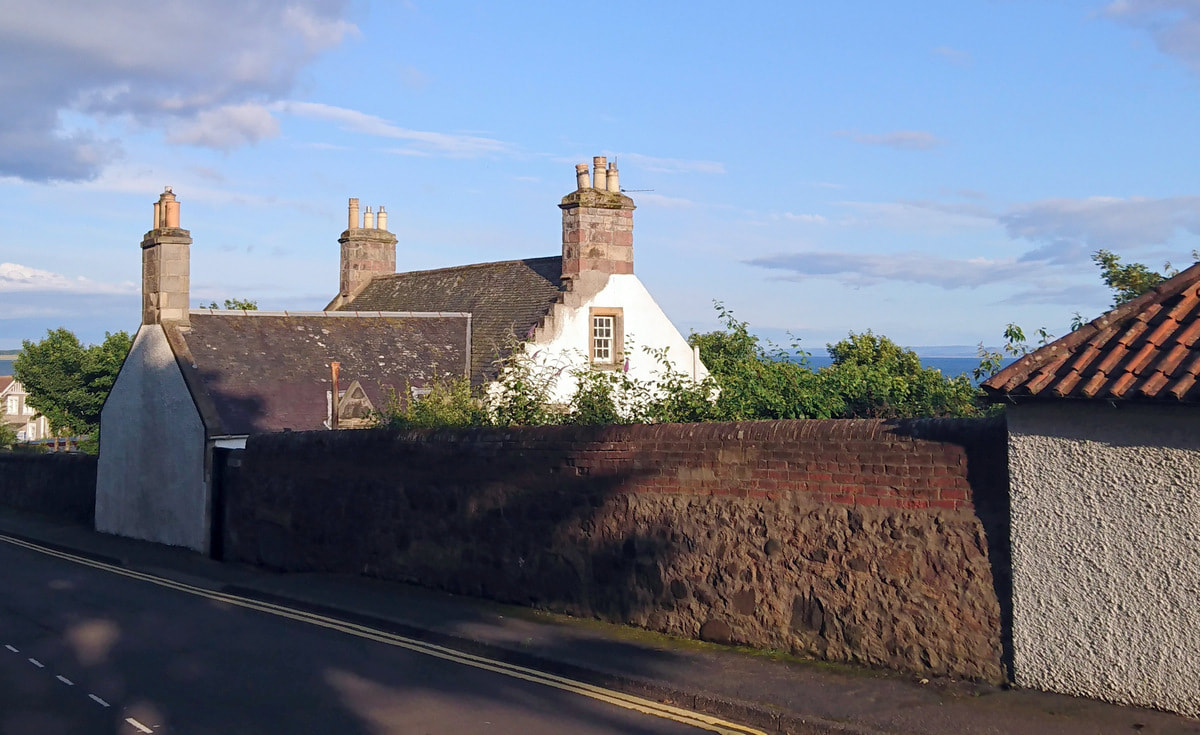
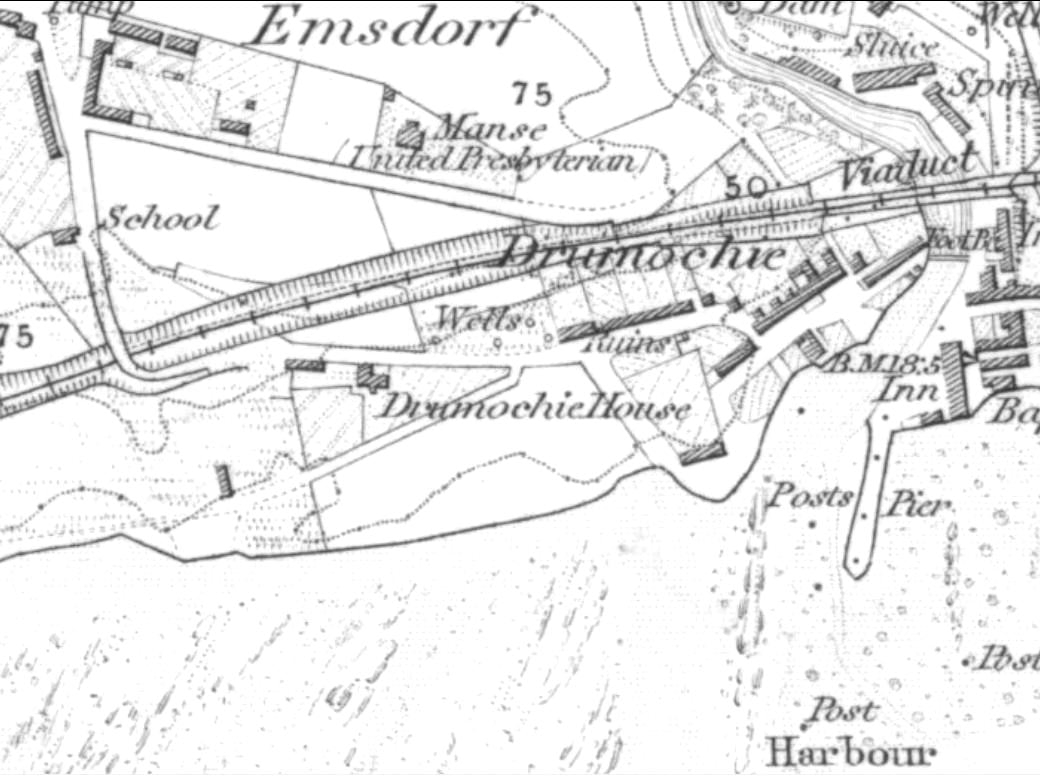
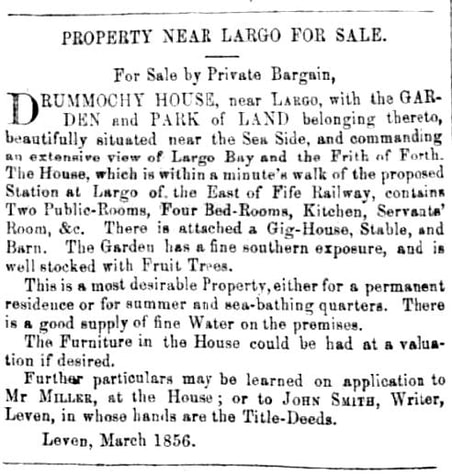
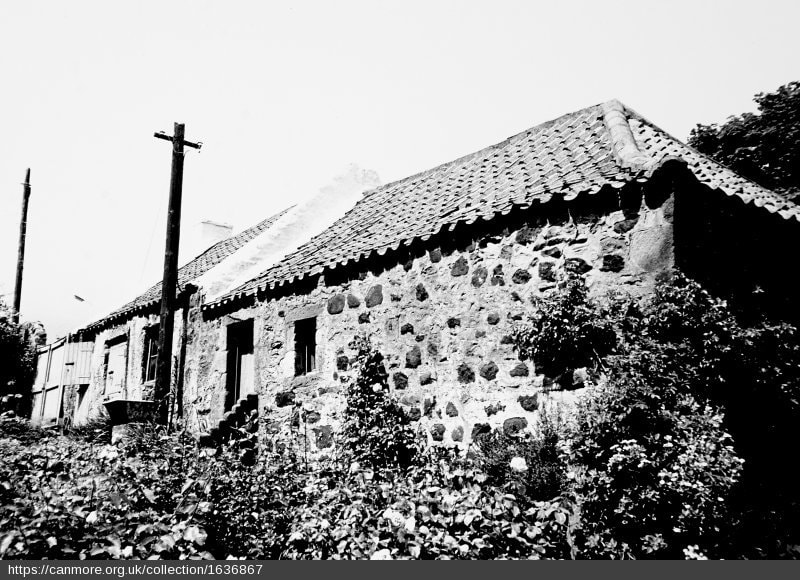
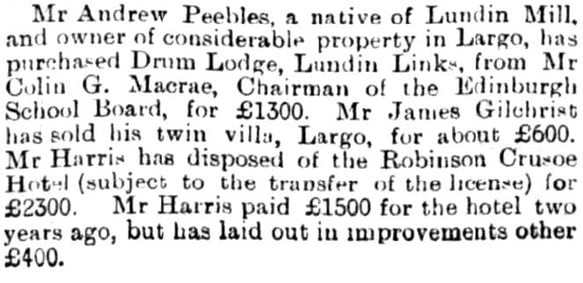
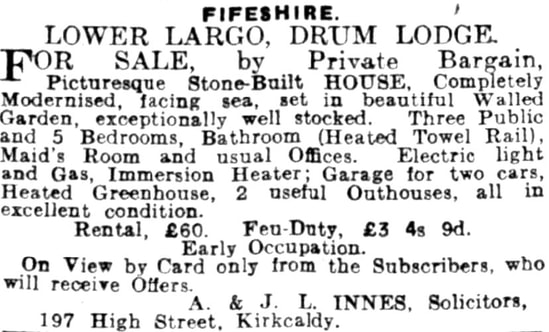
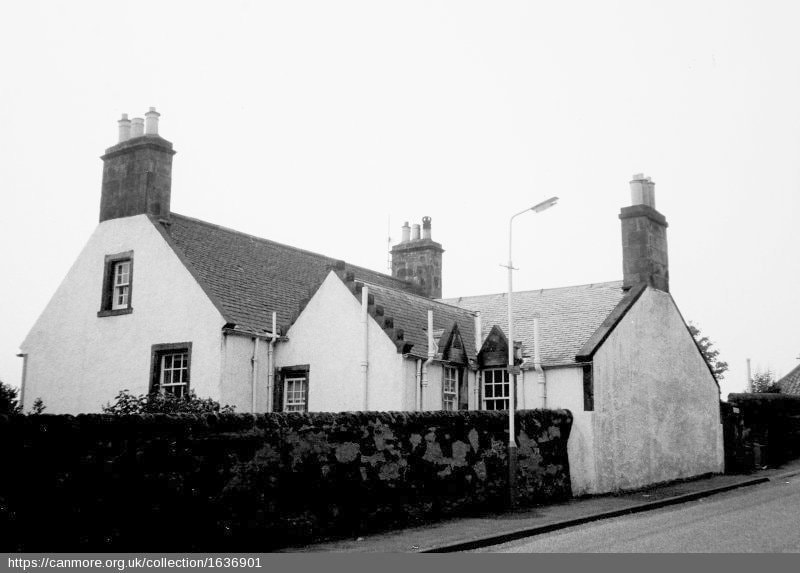
 RSS Feed
RSS Feed
